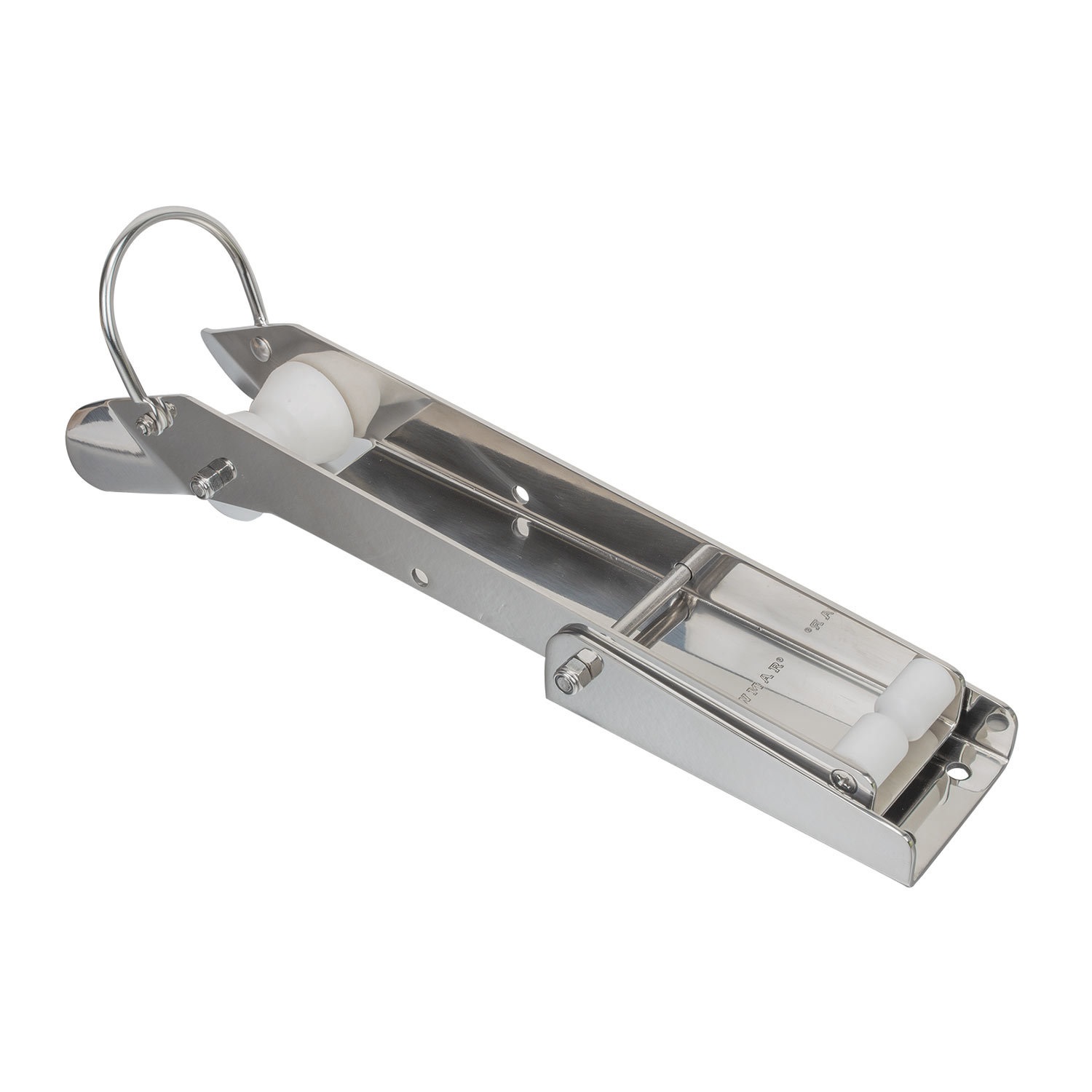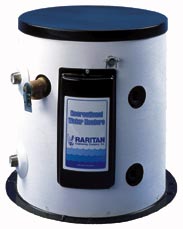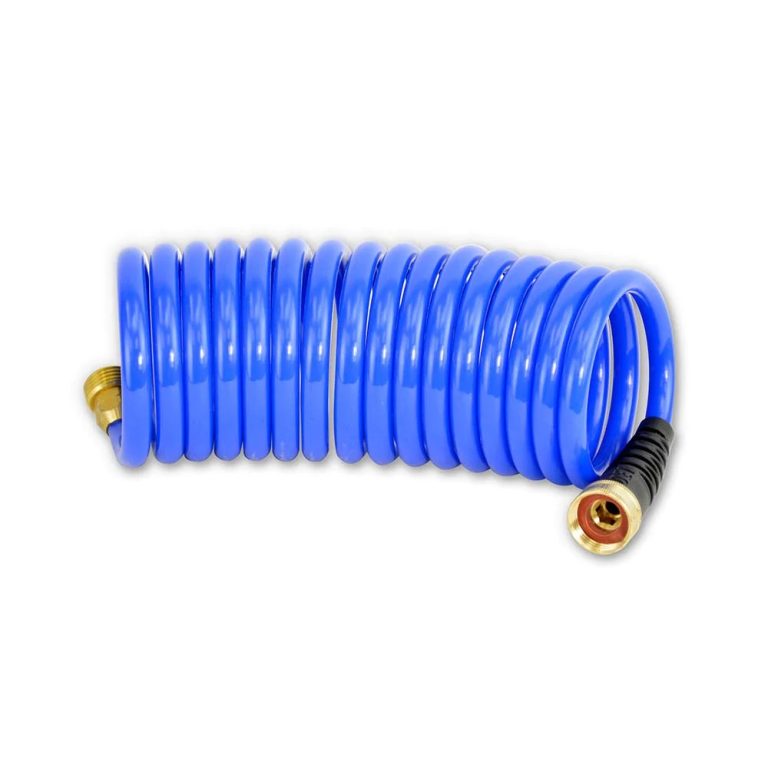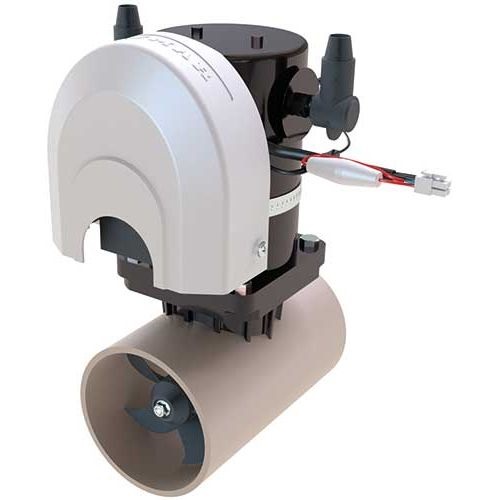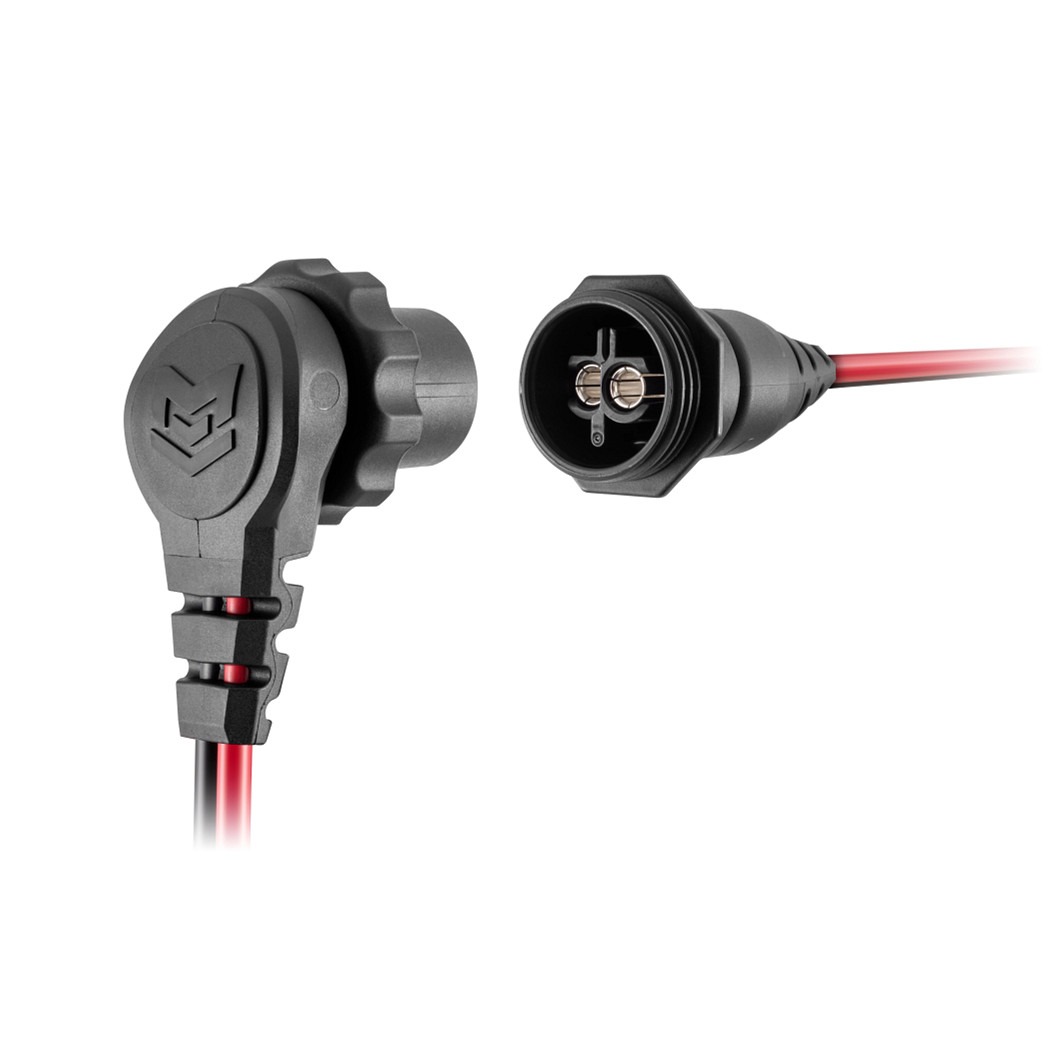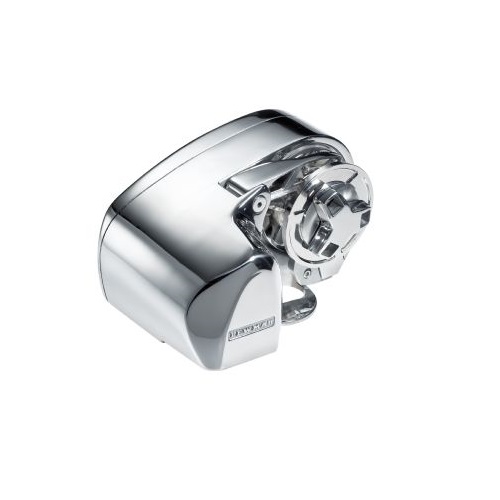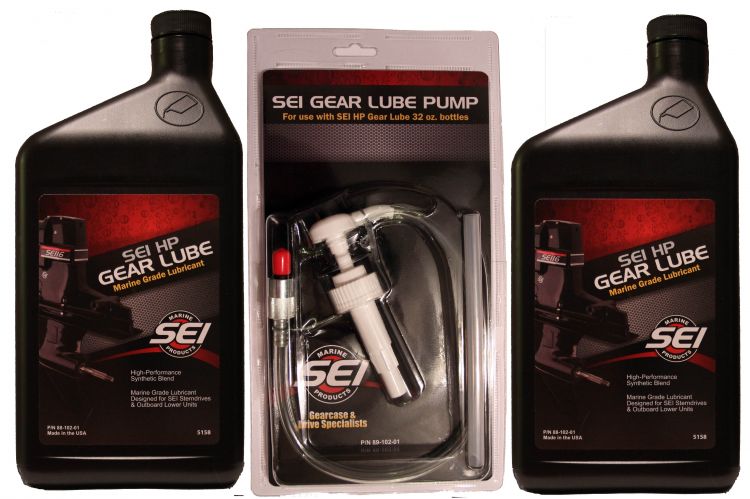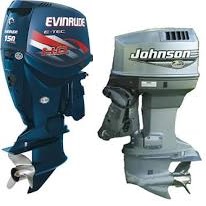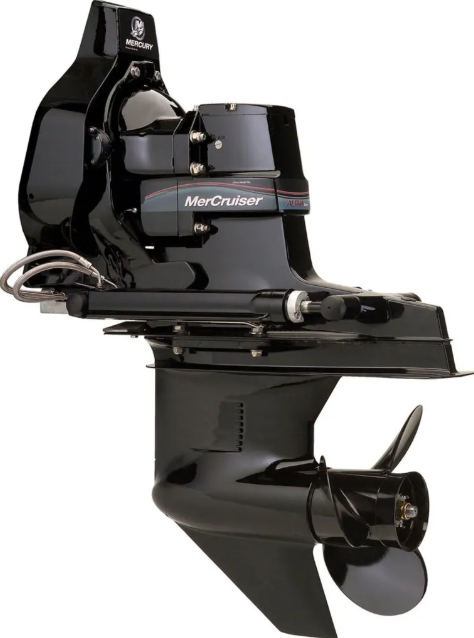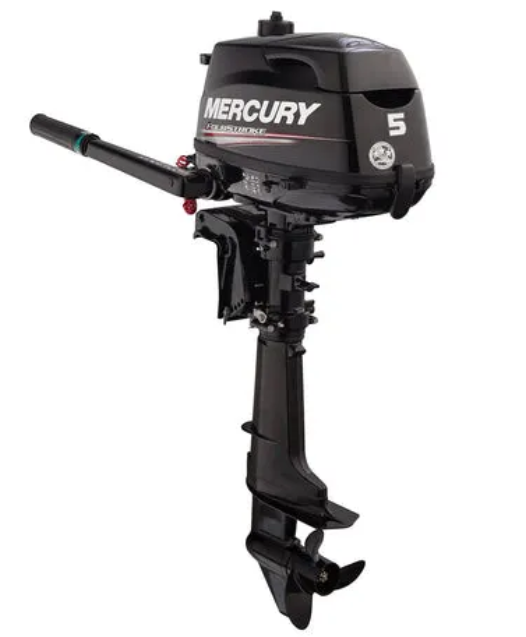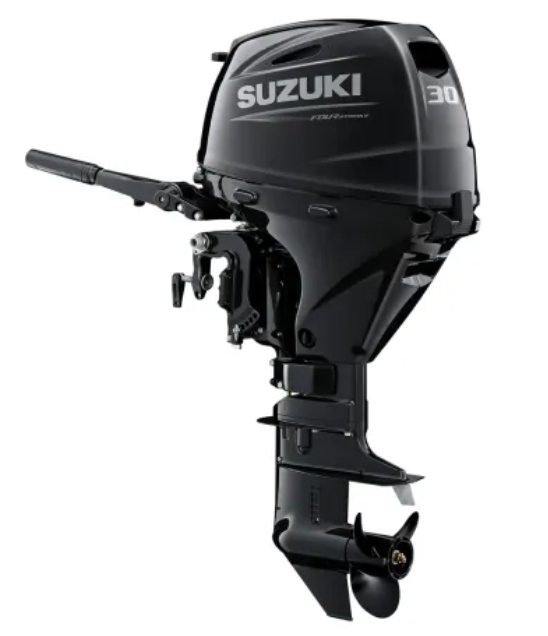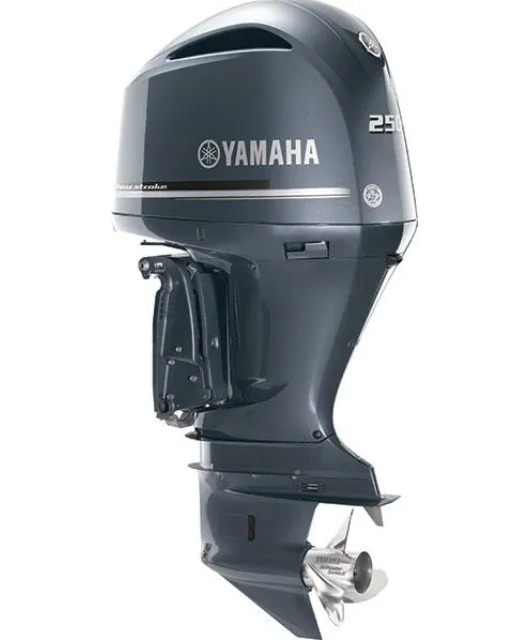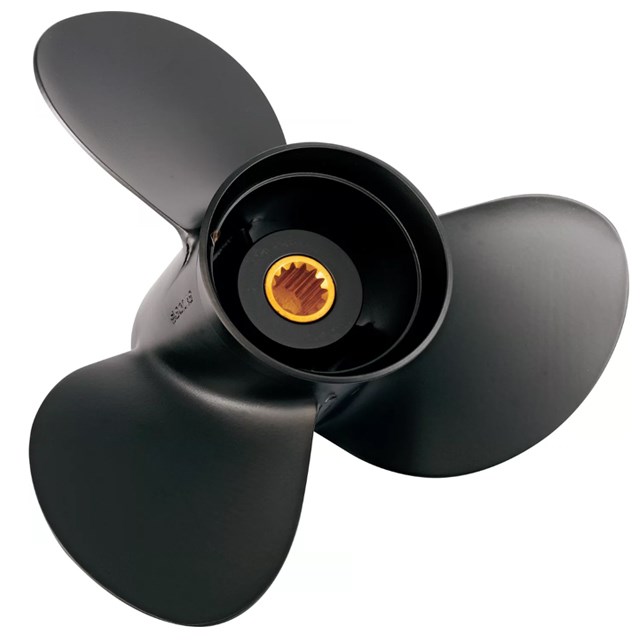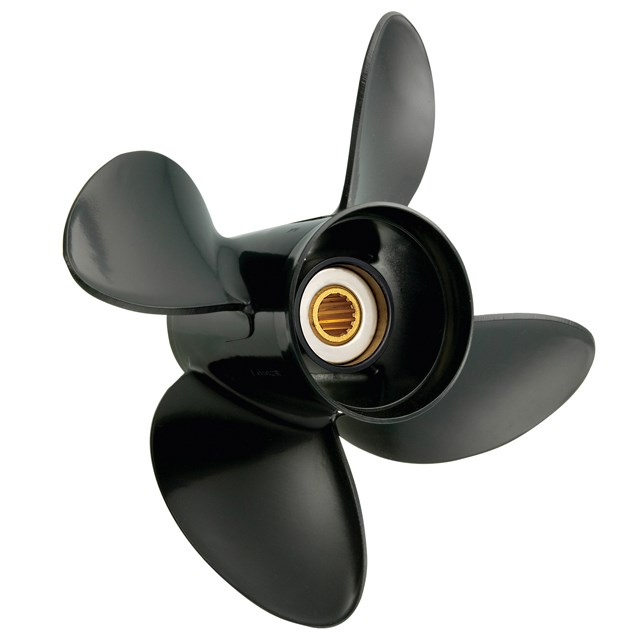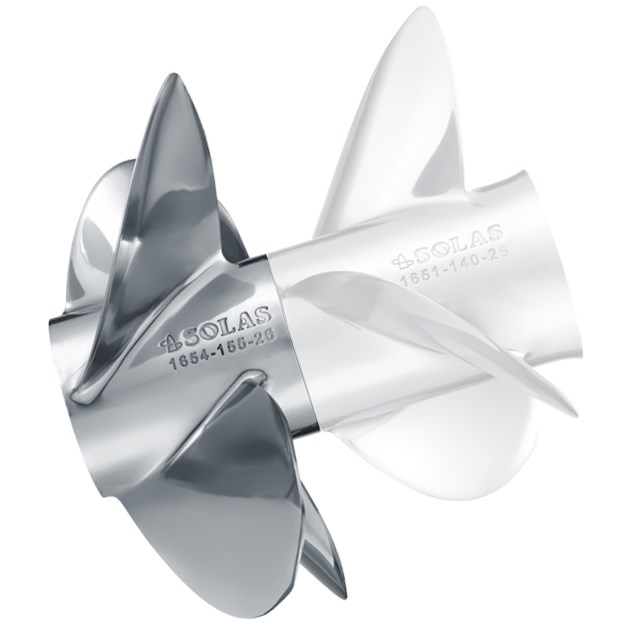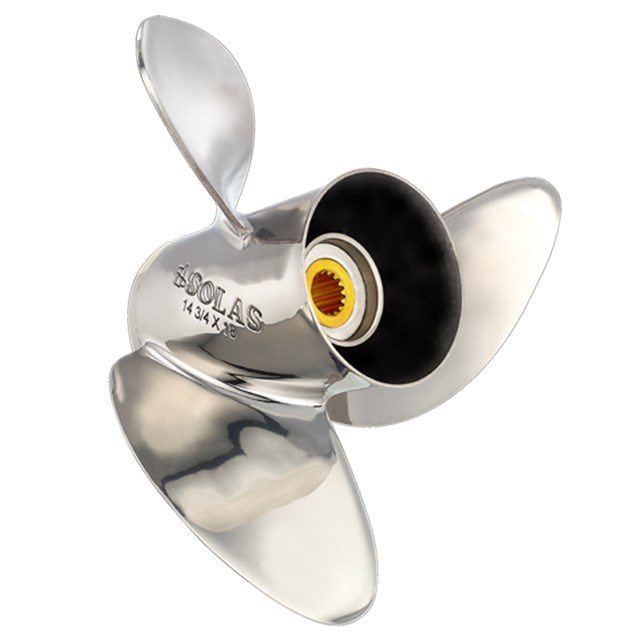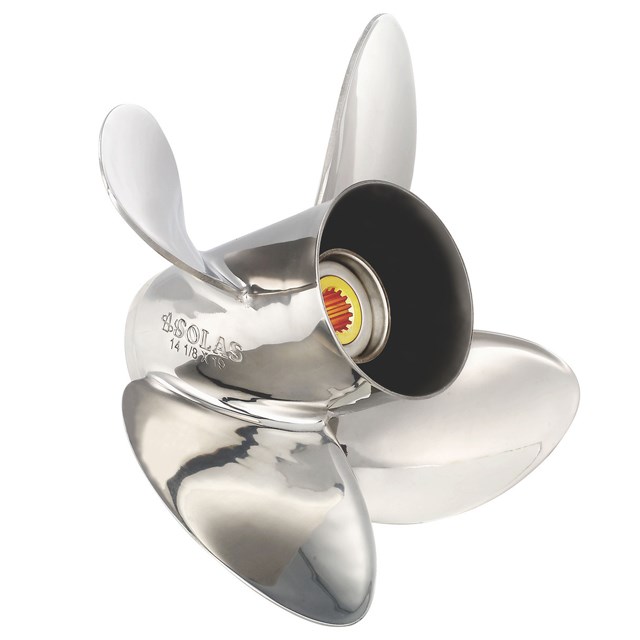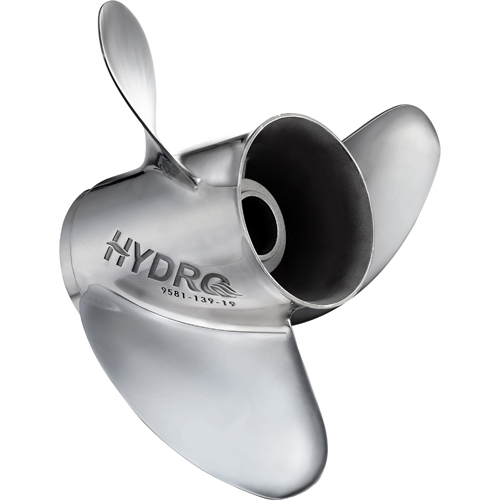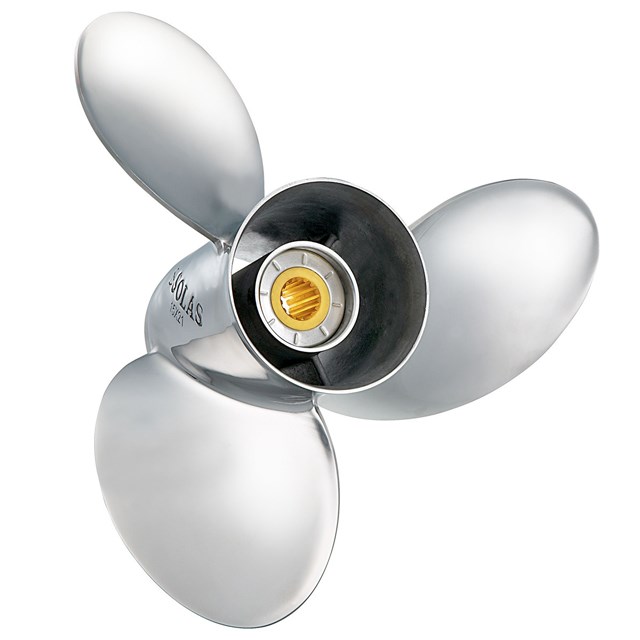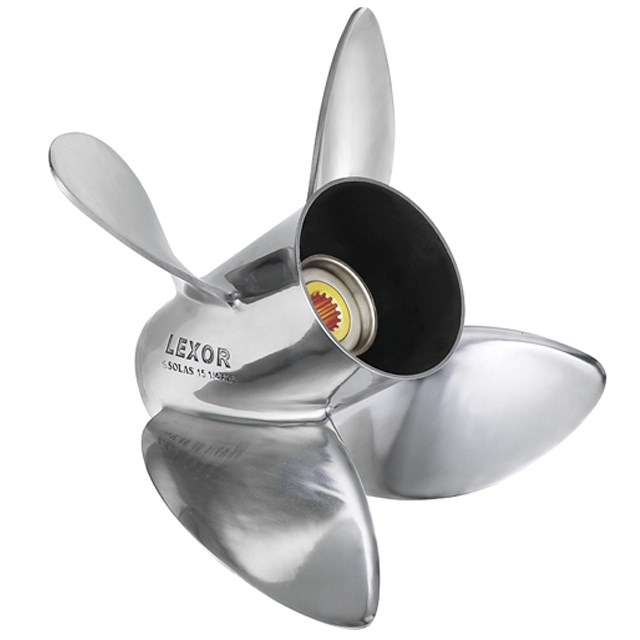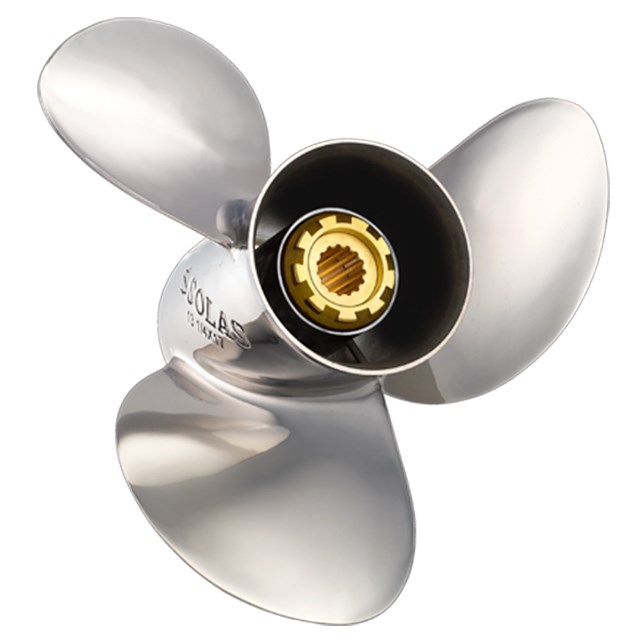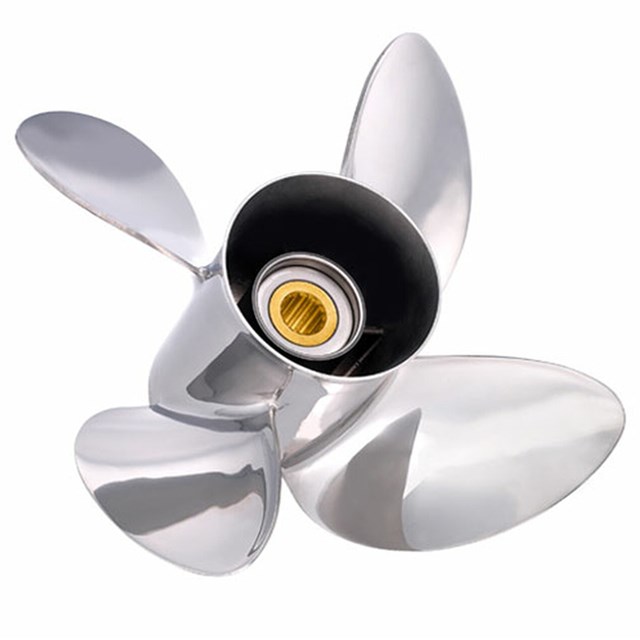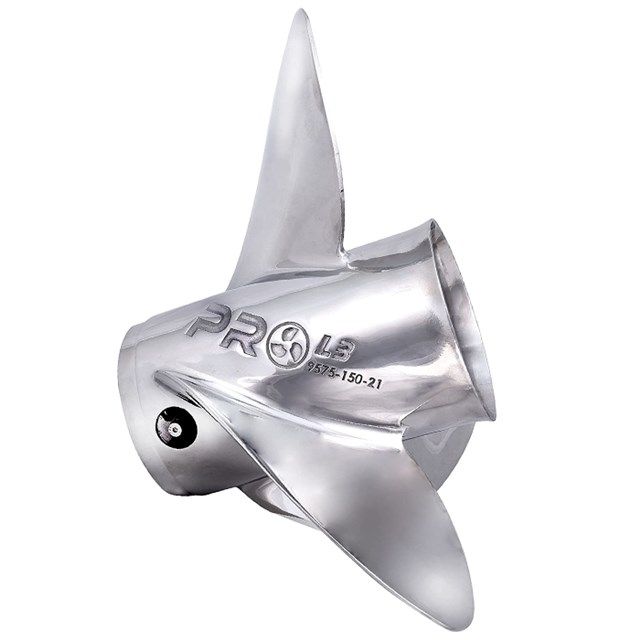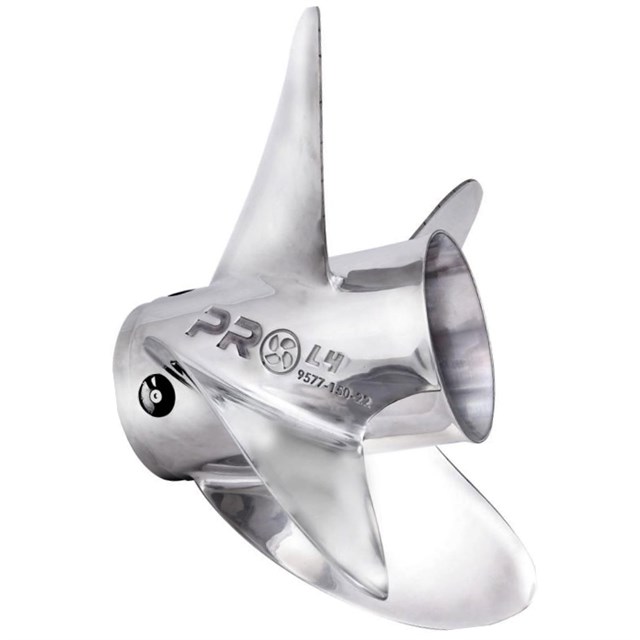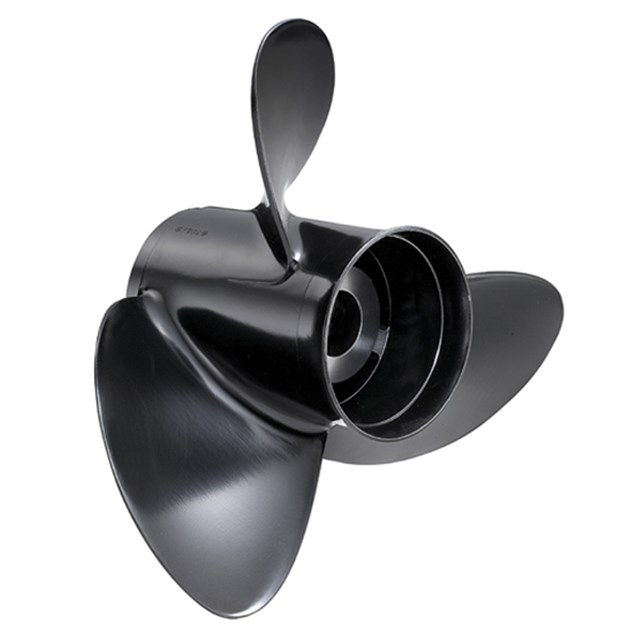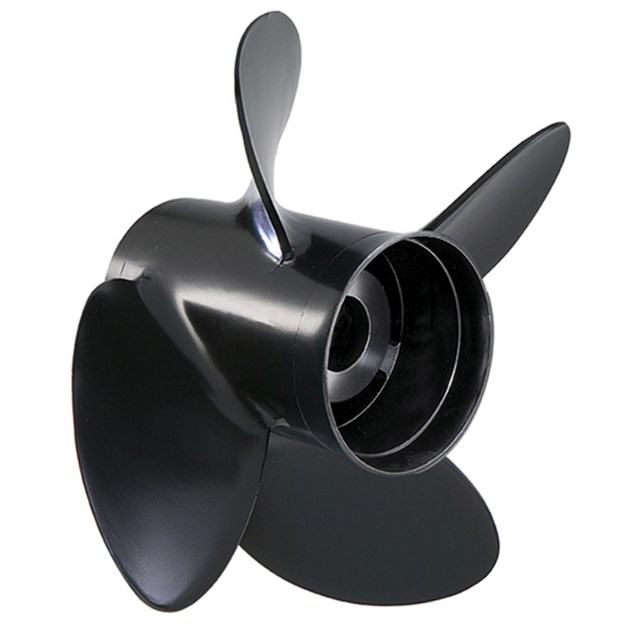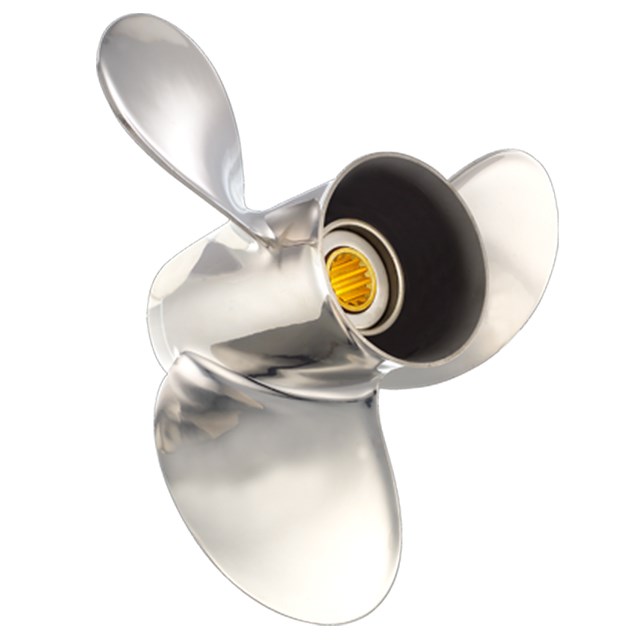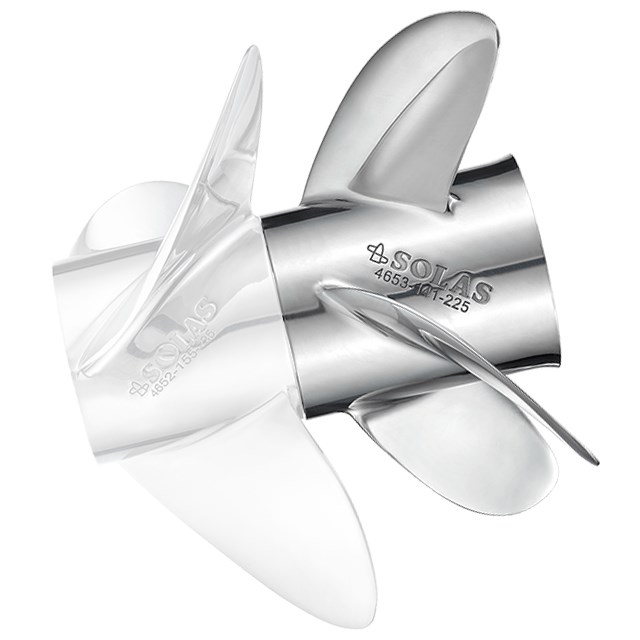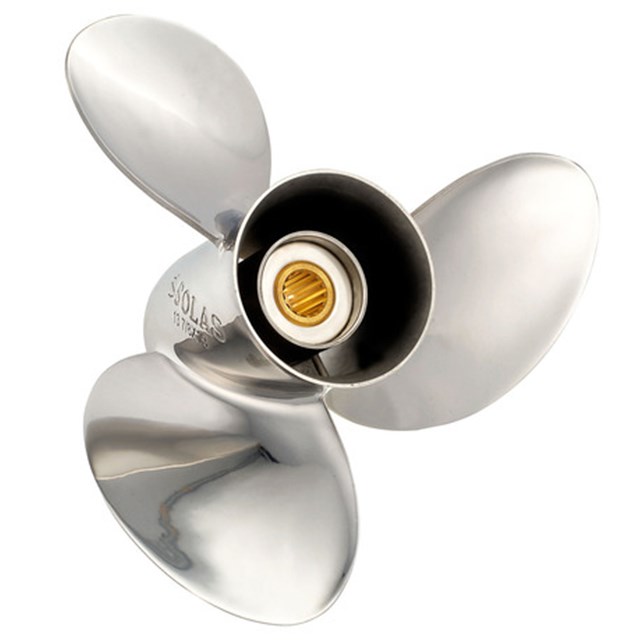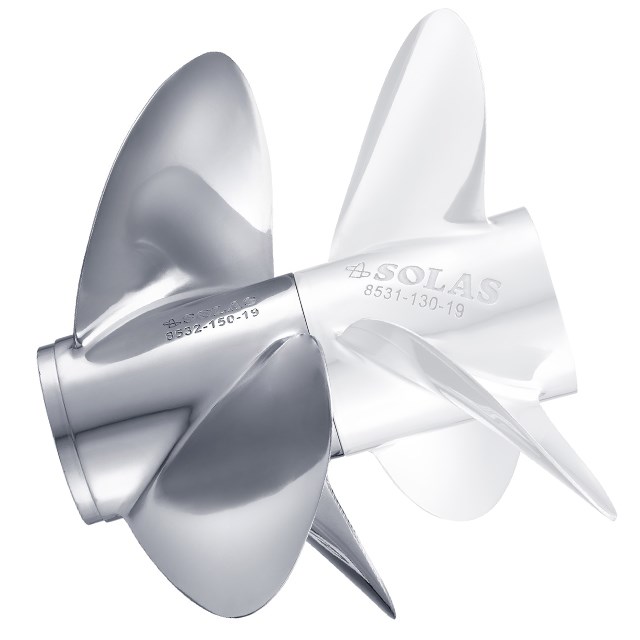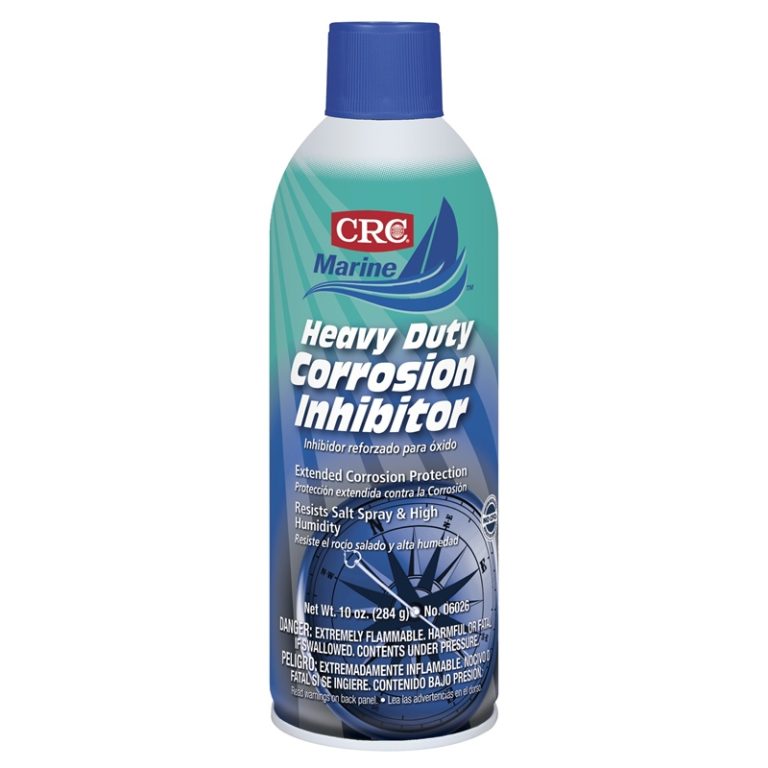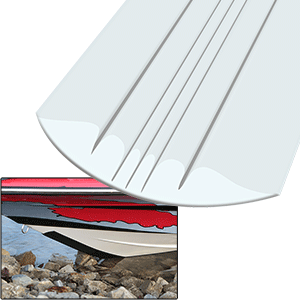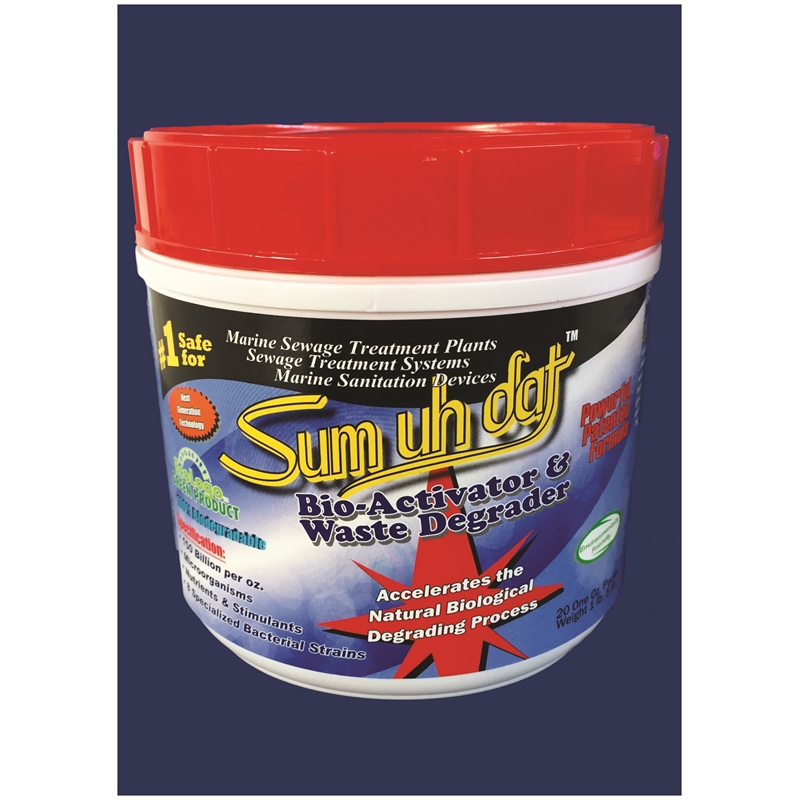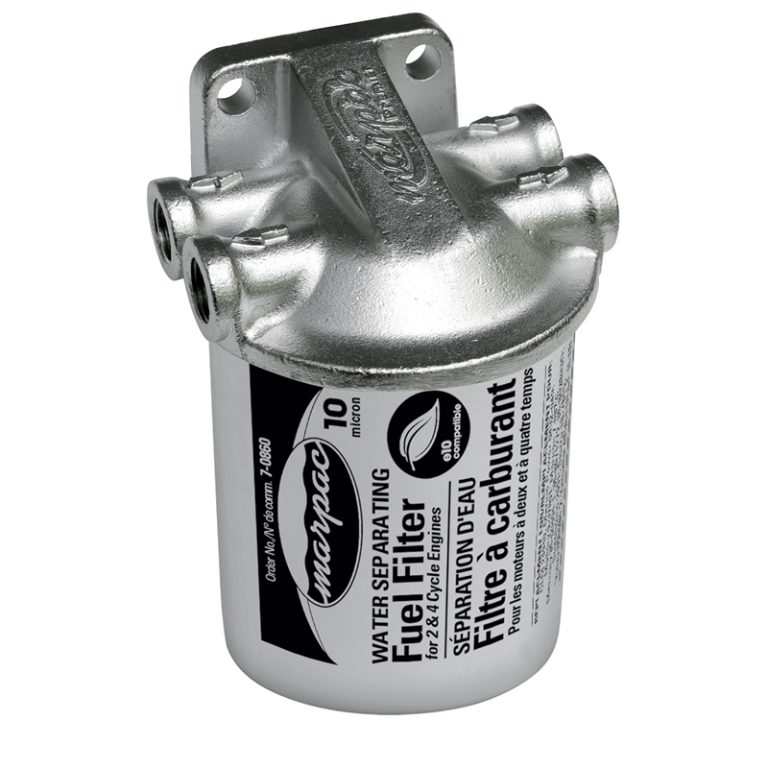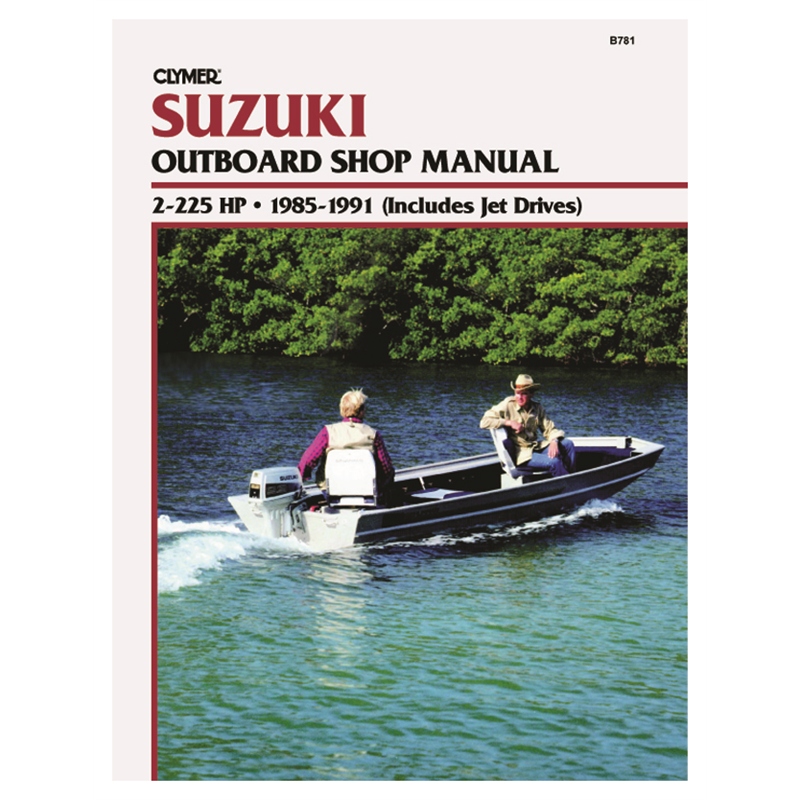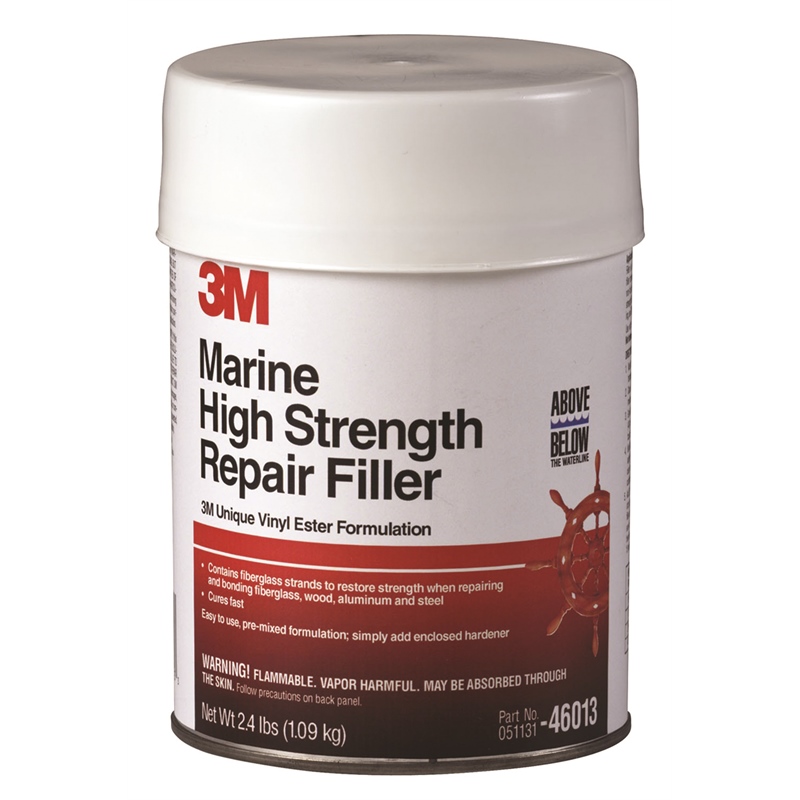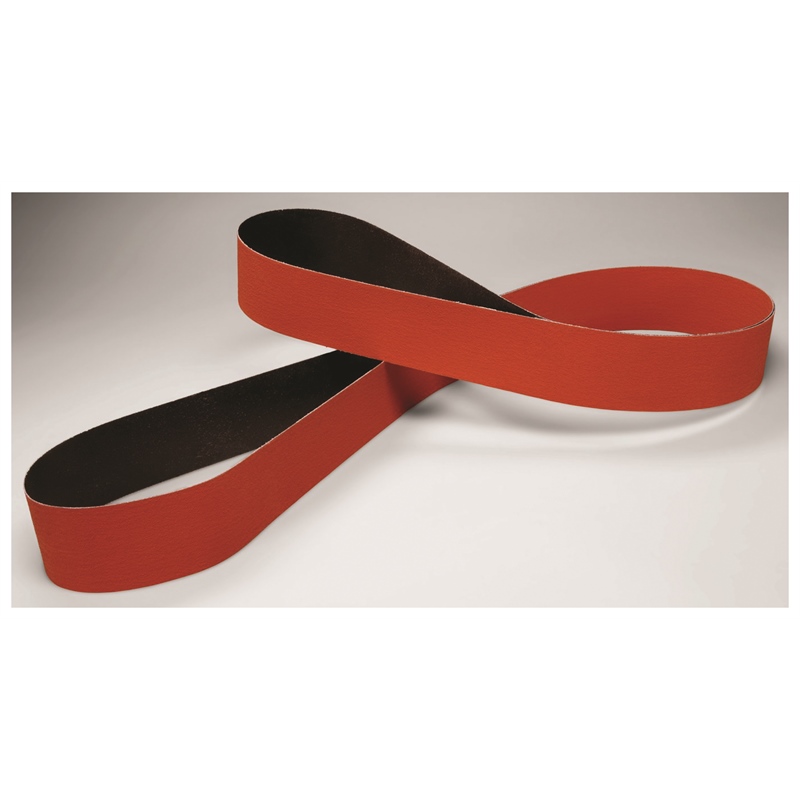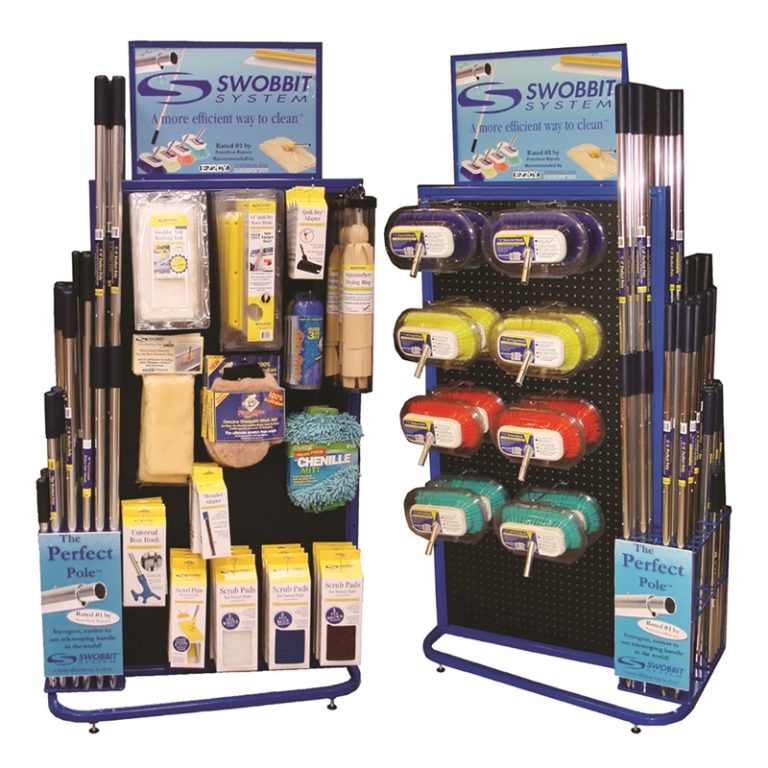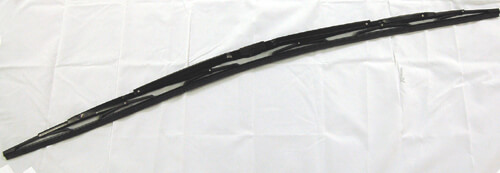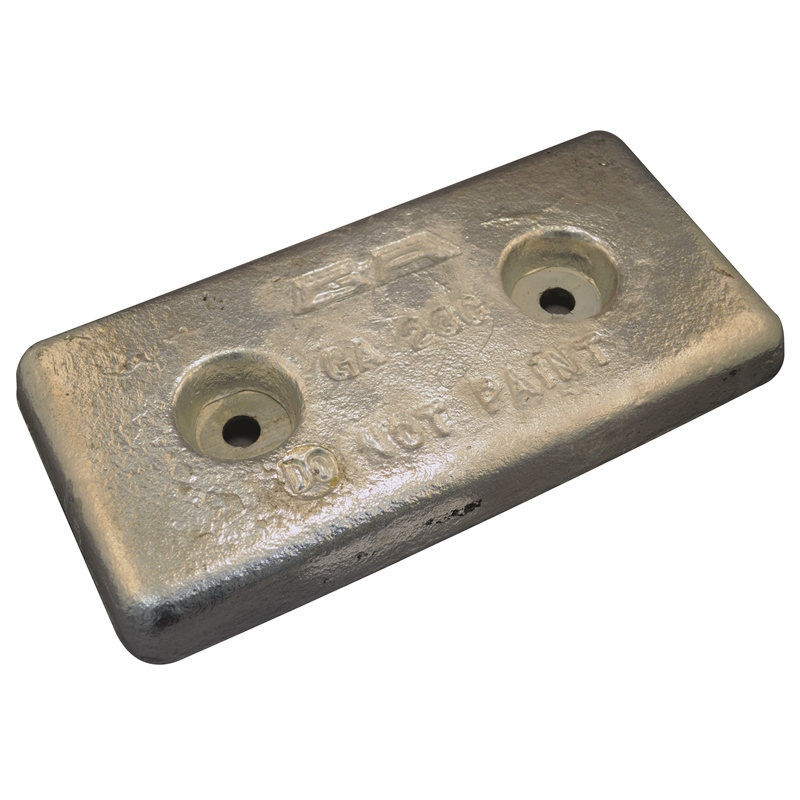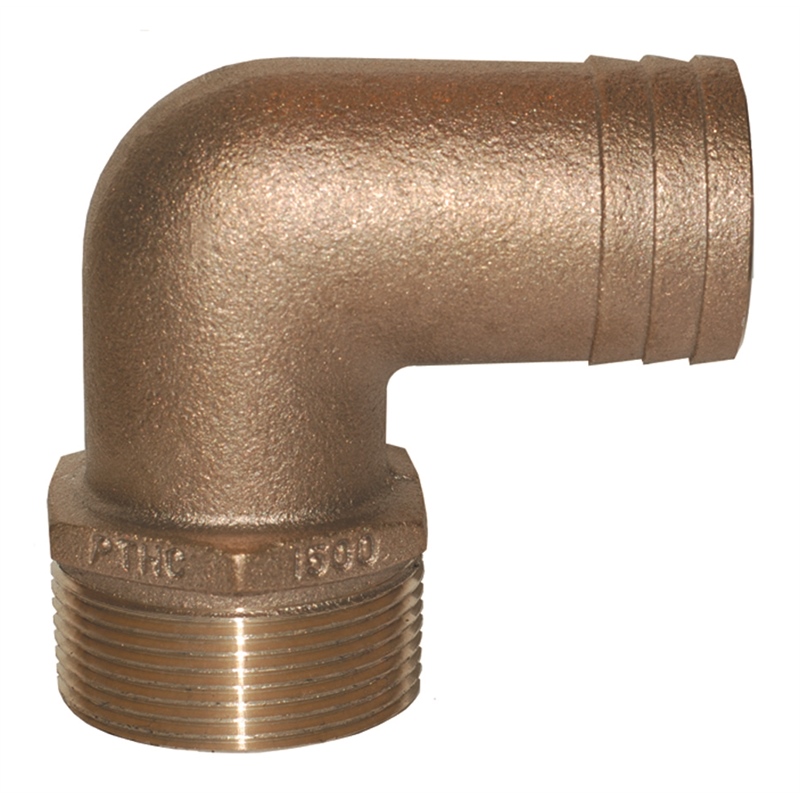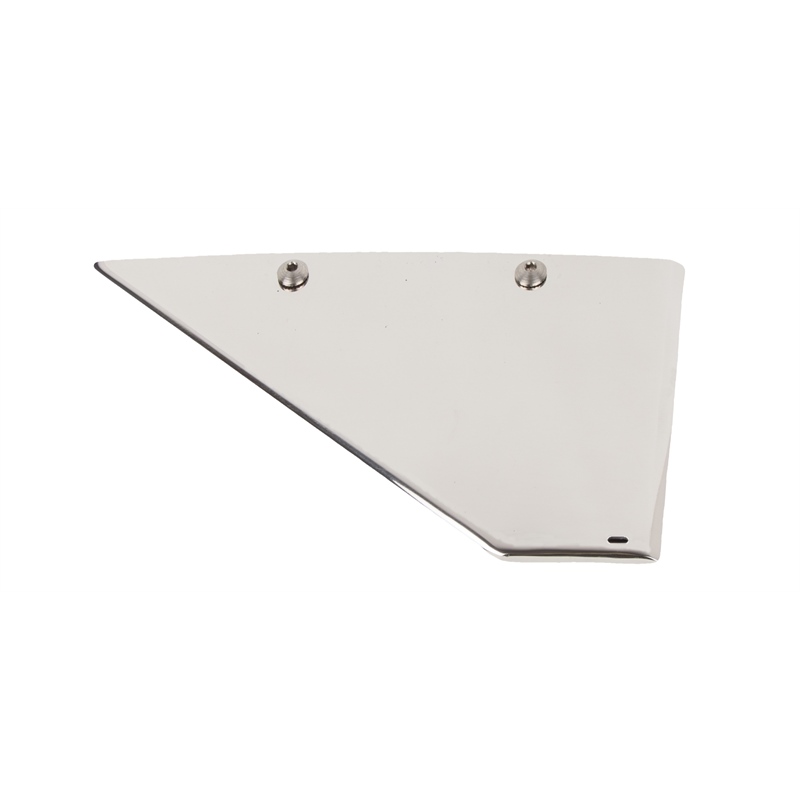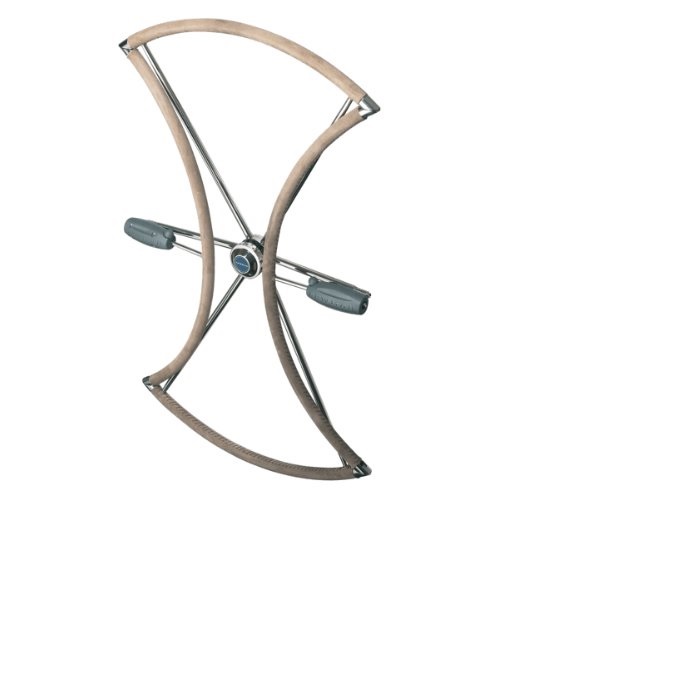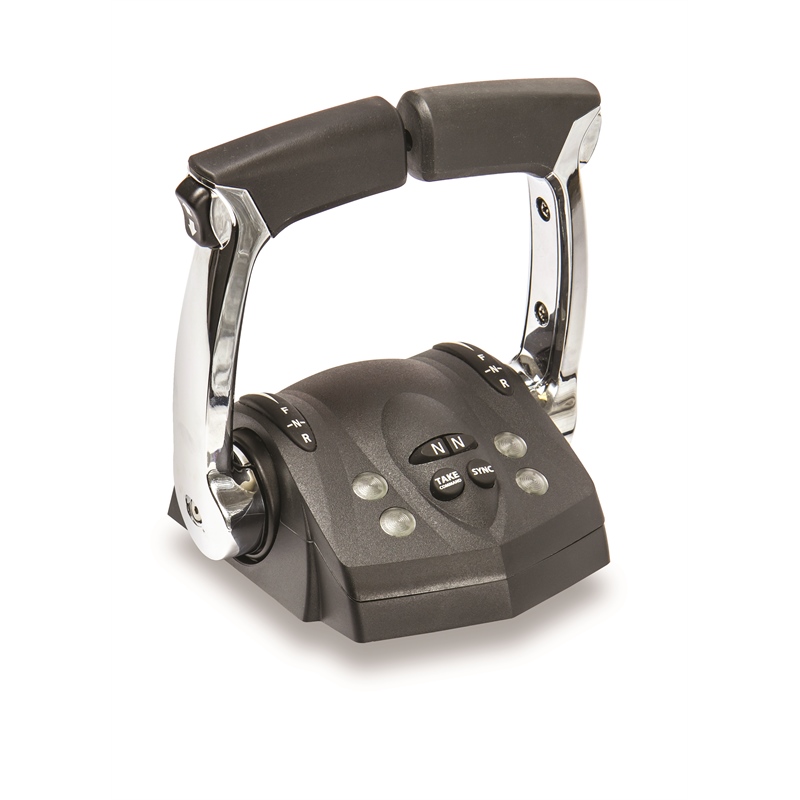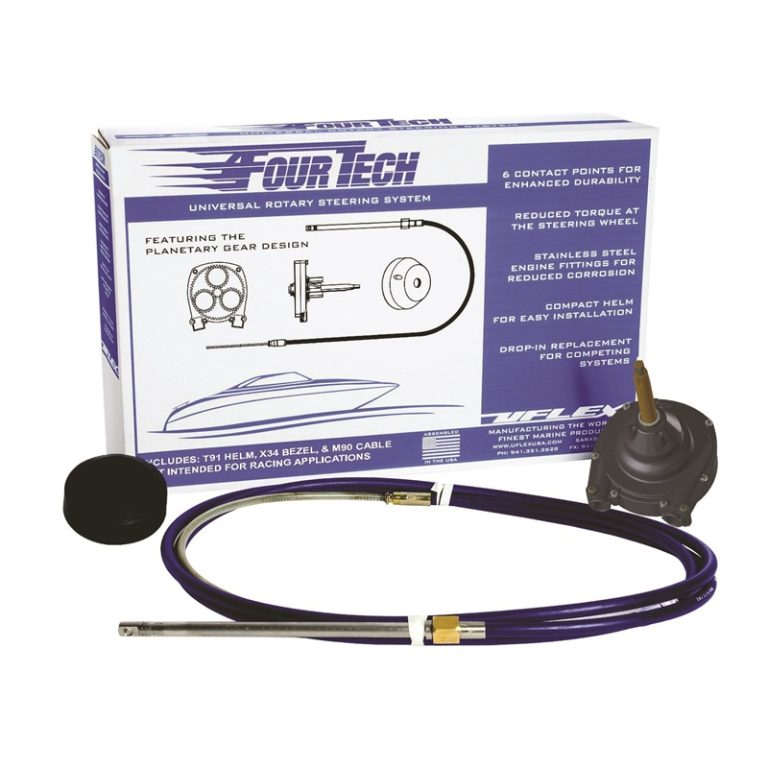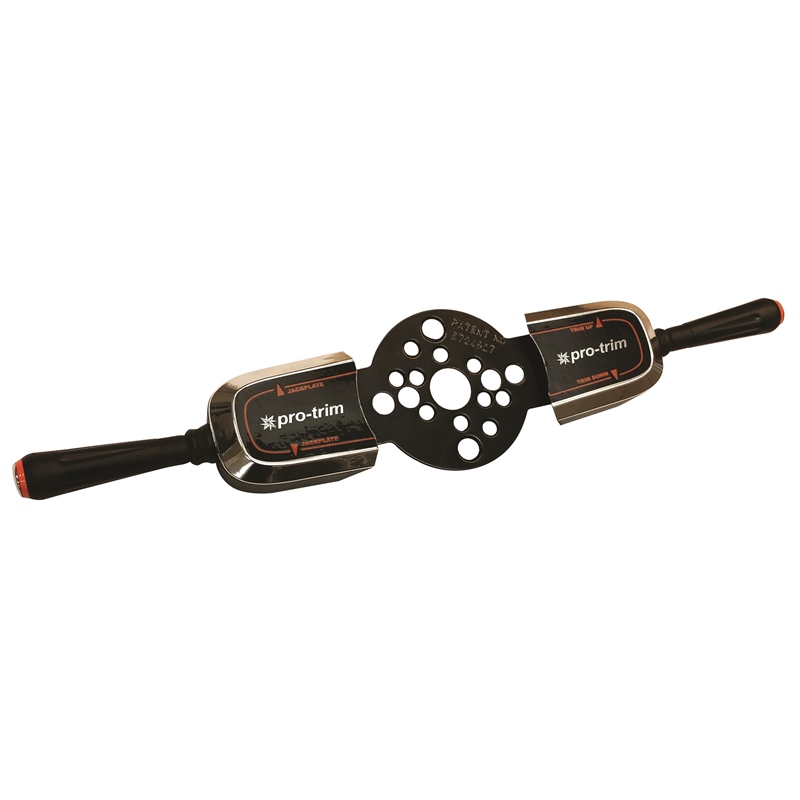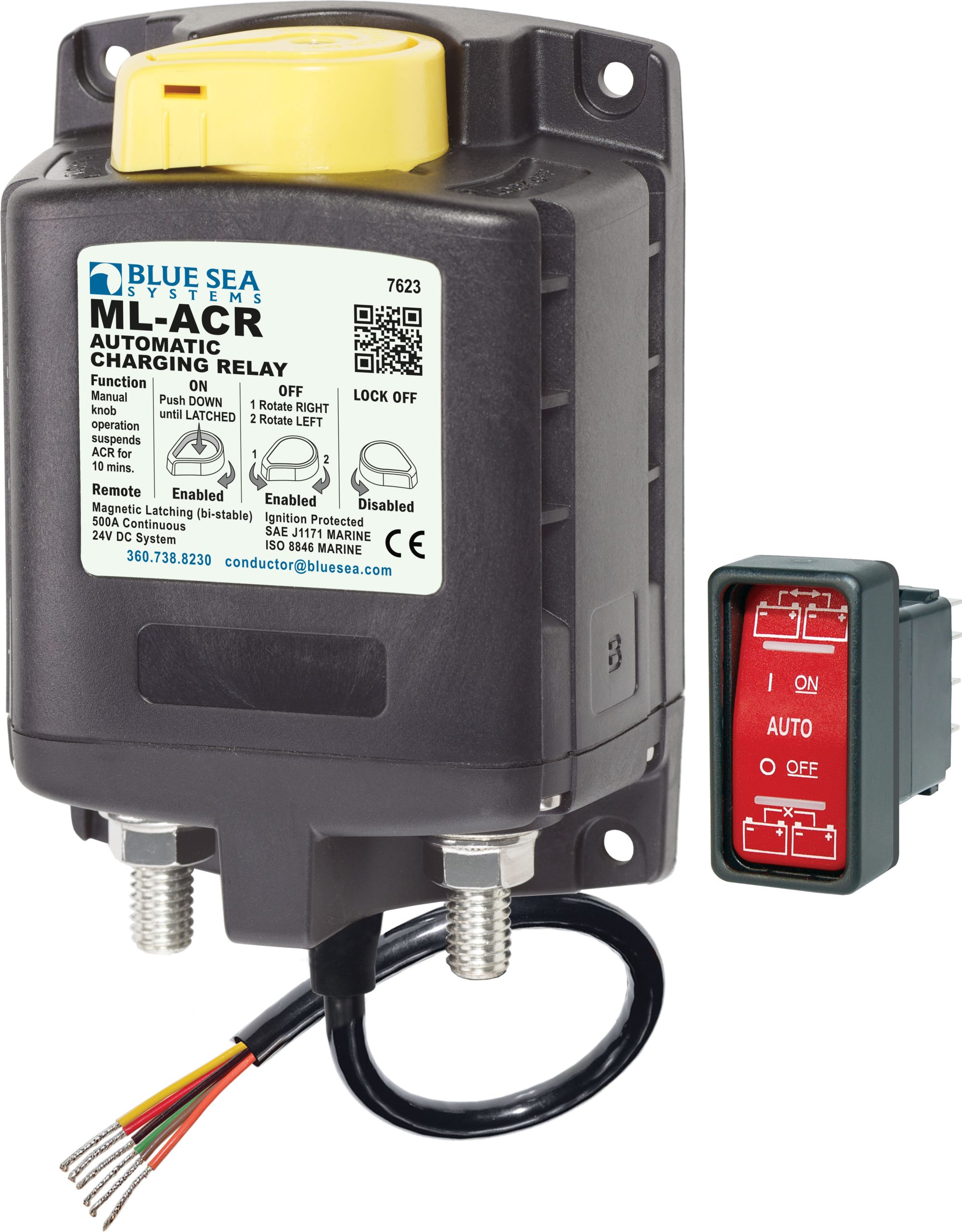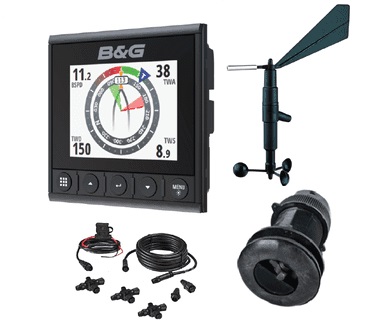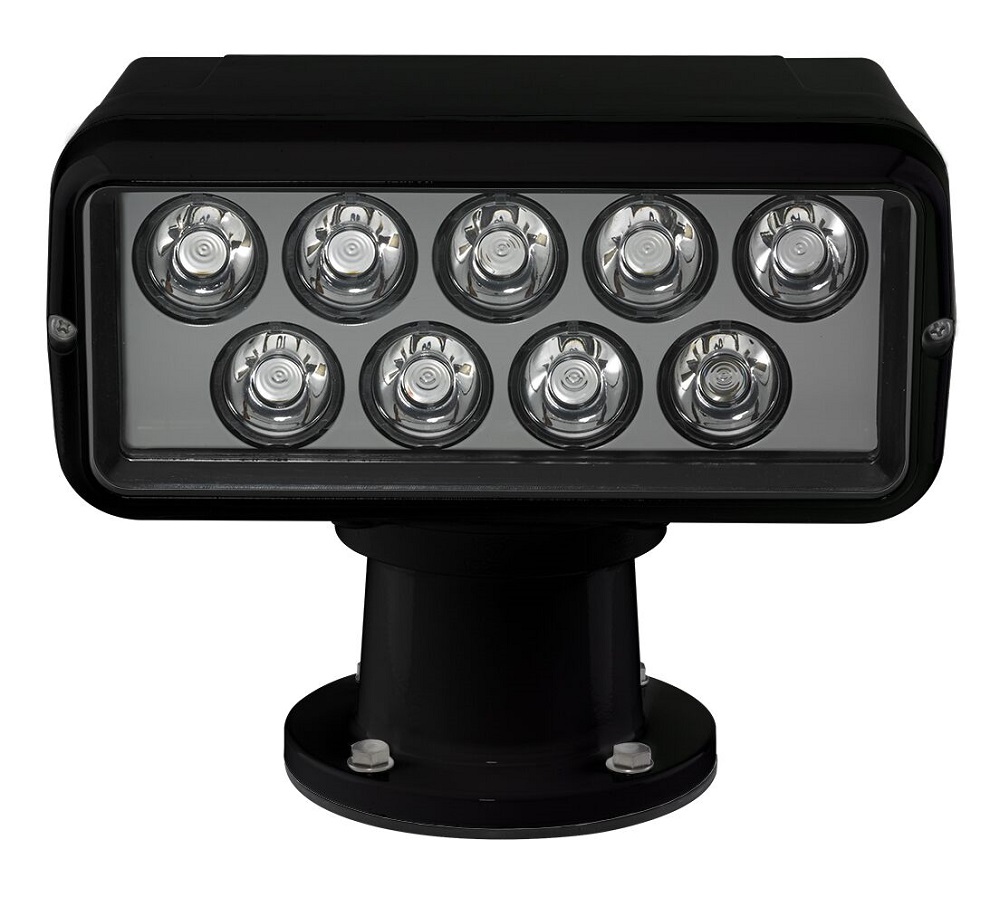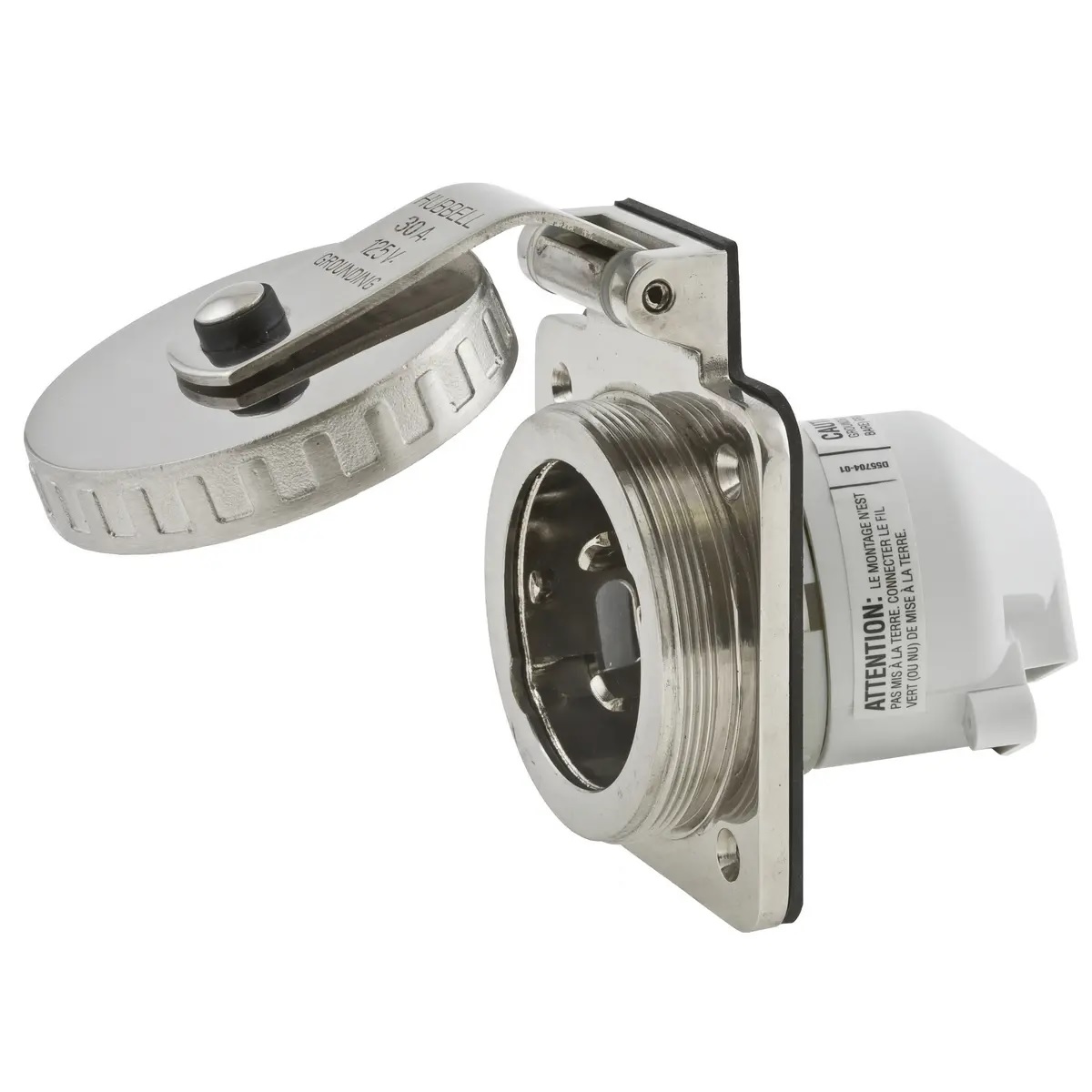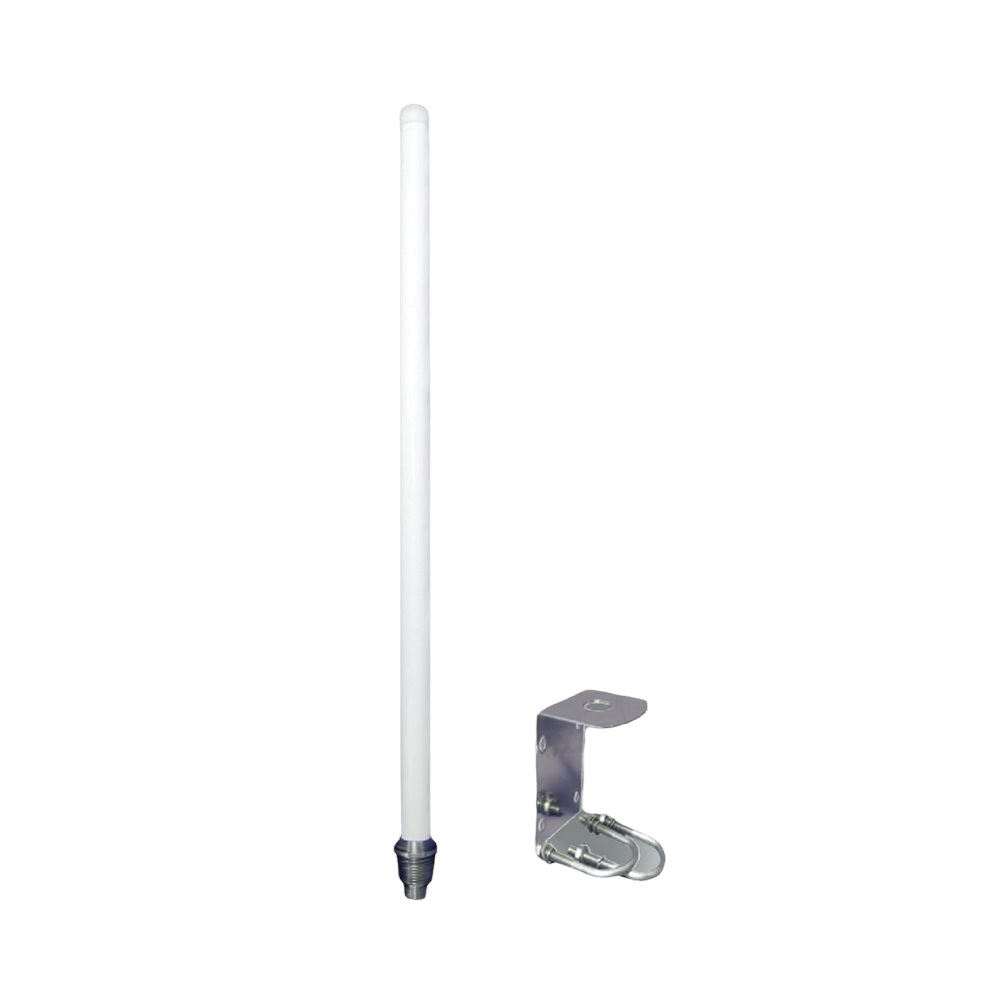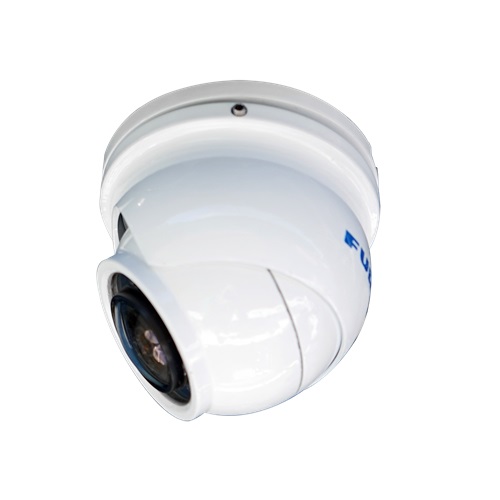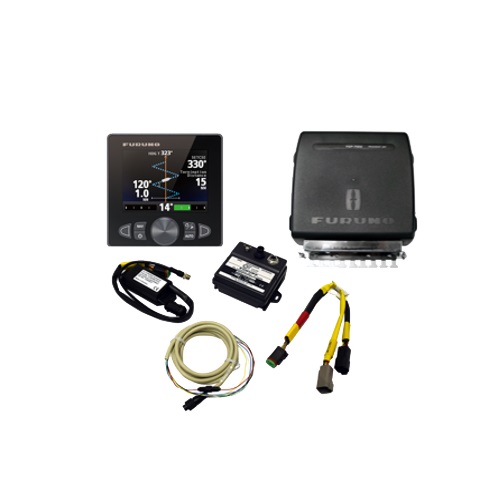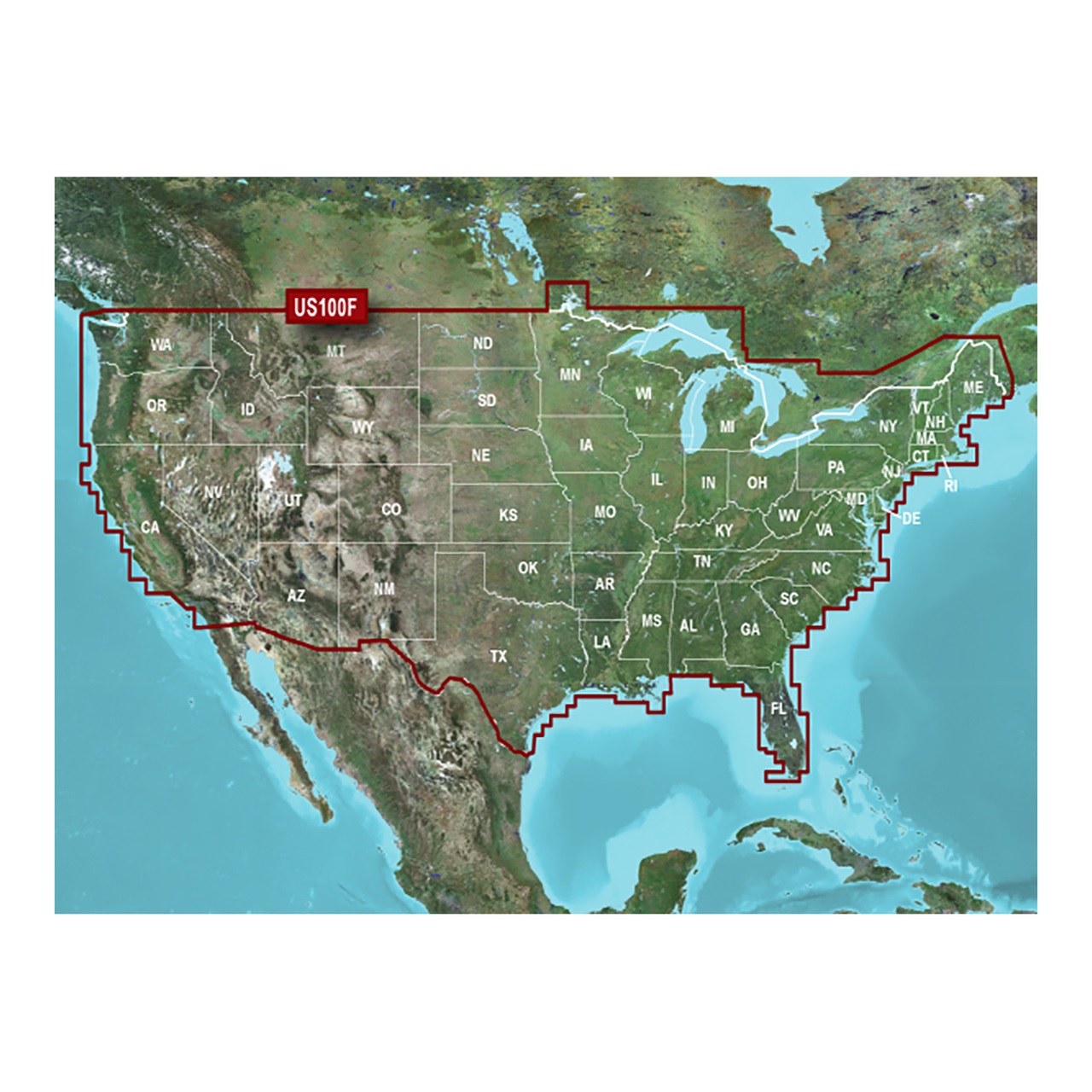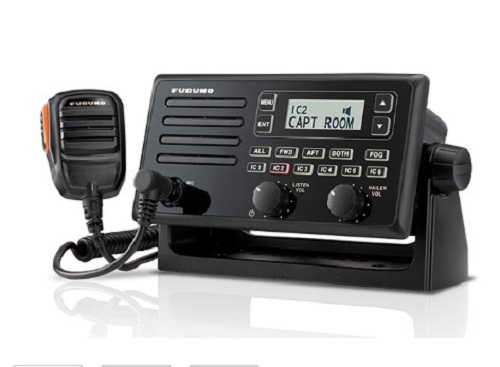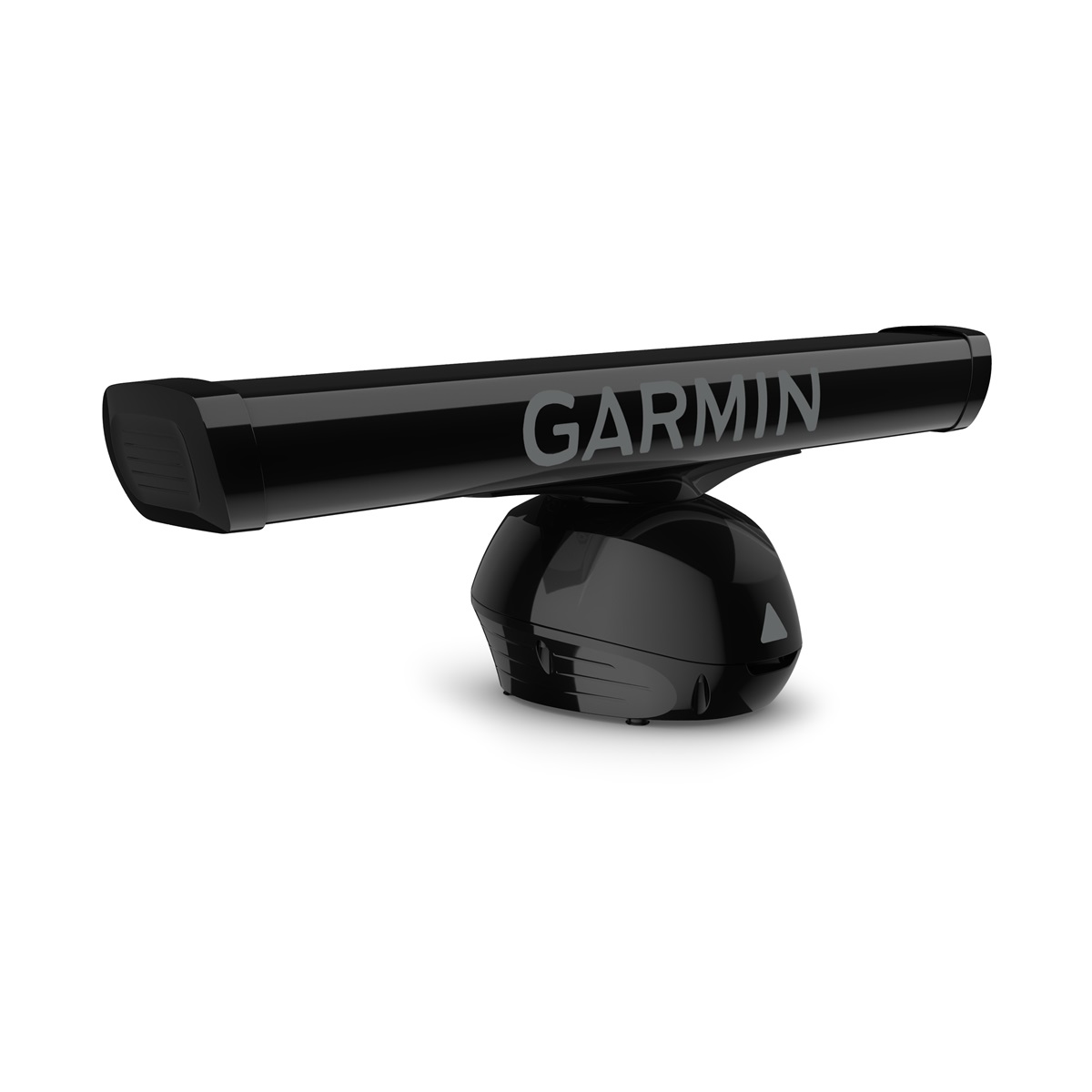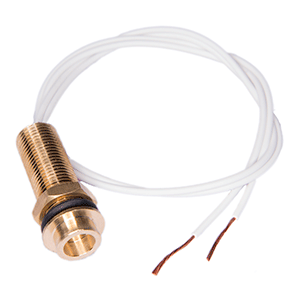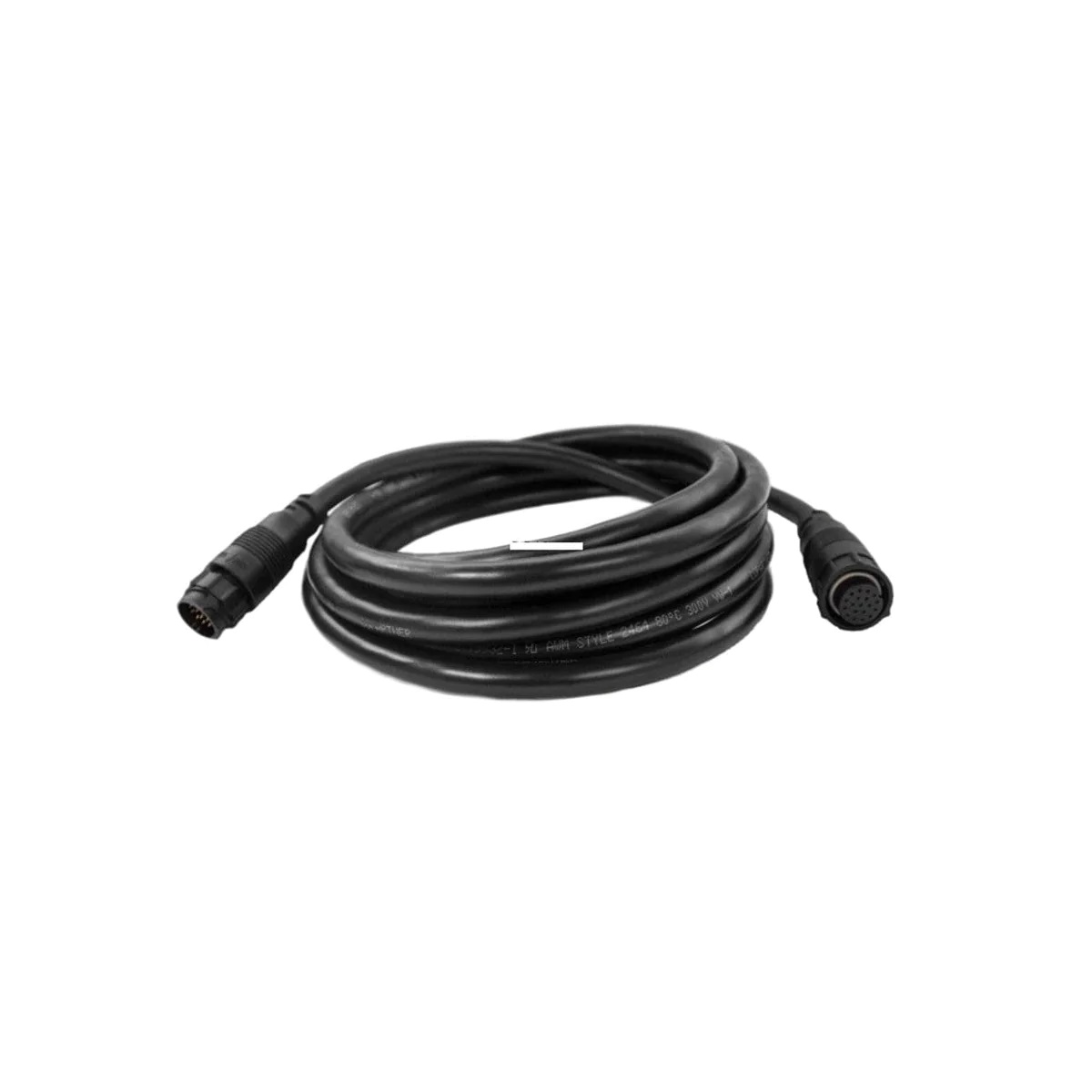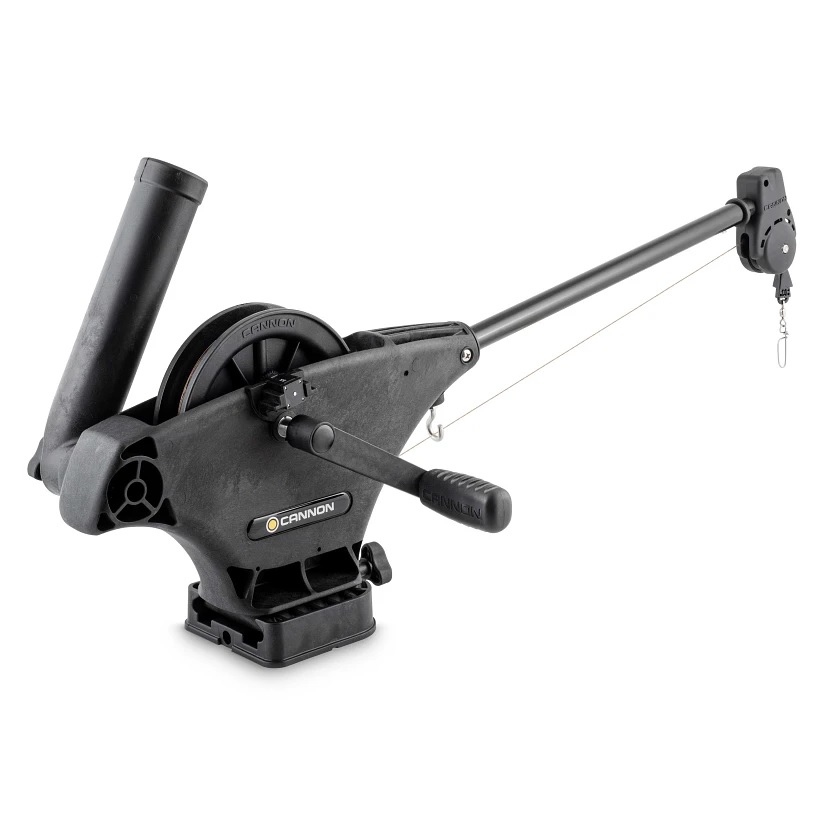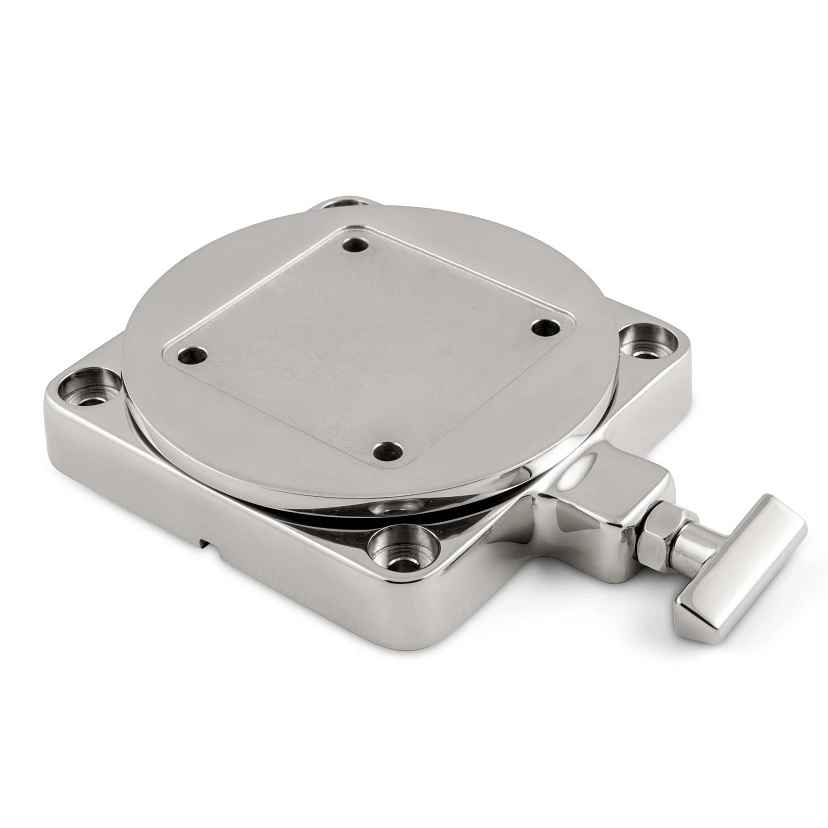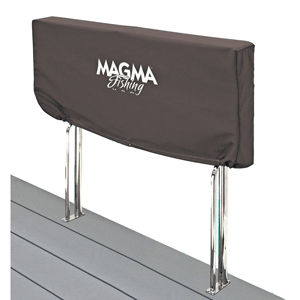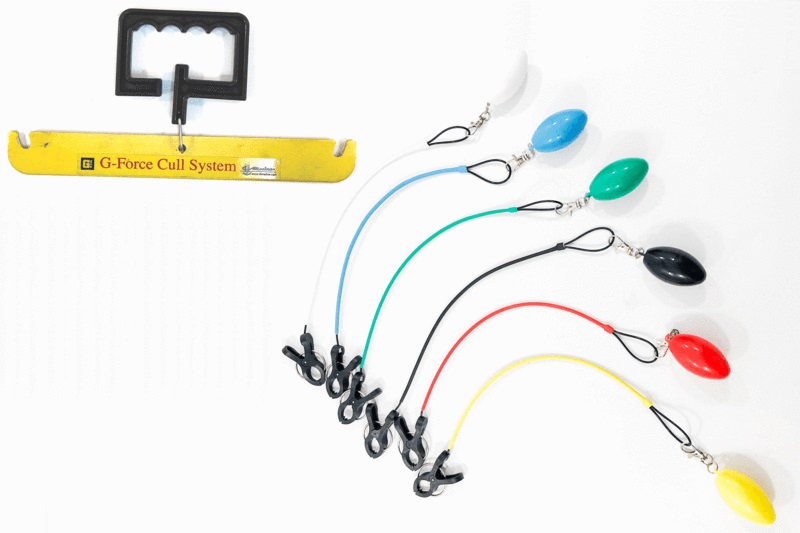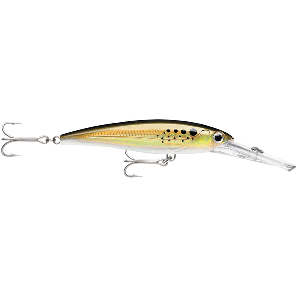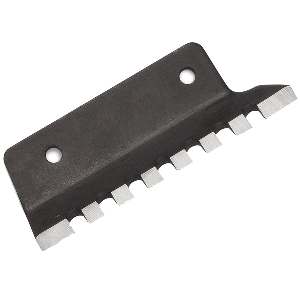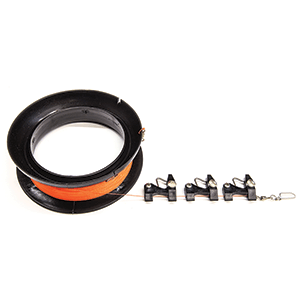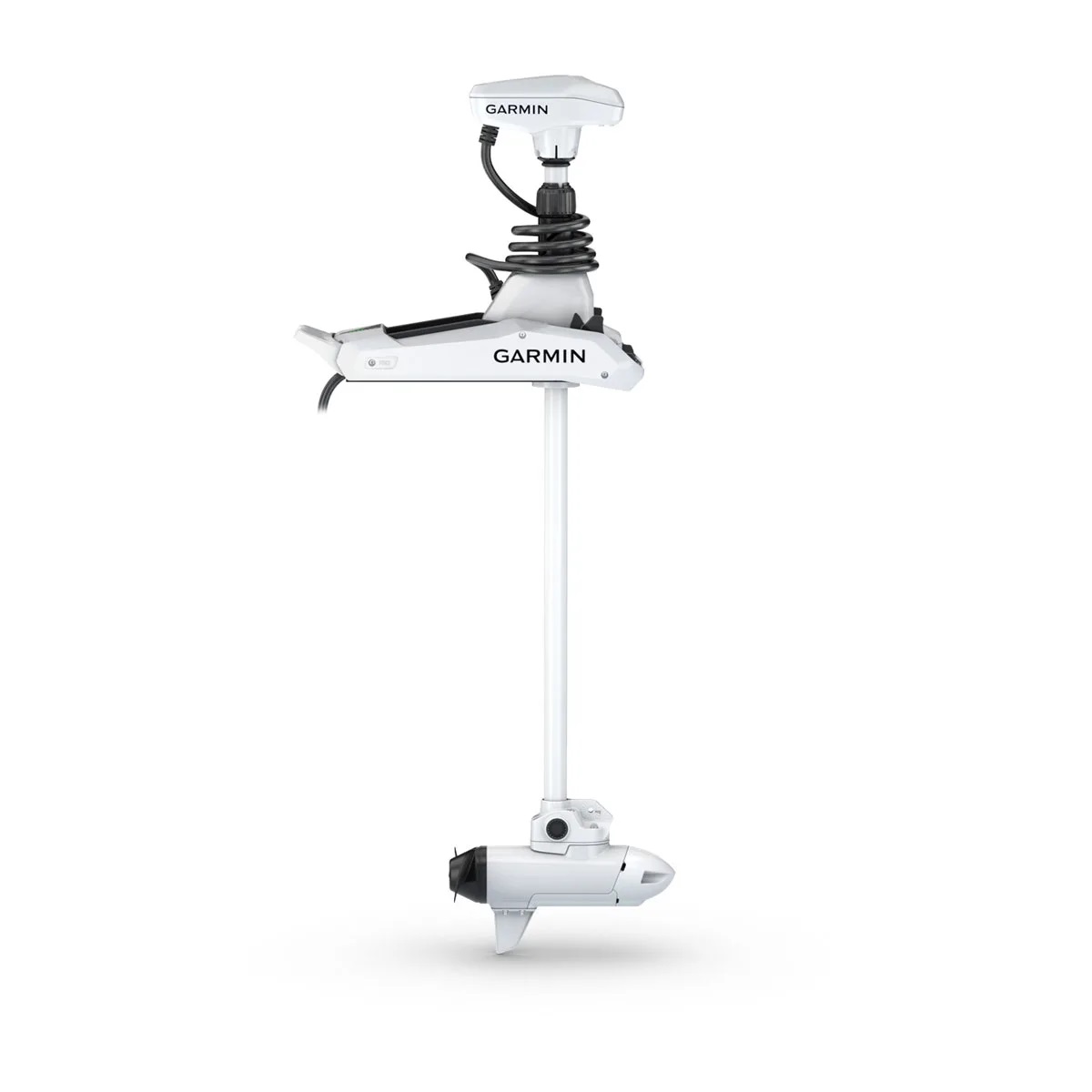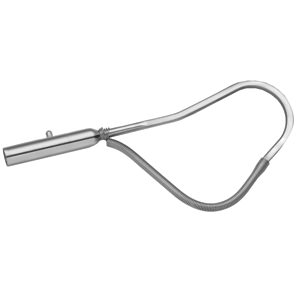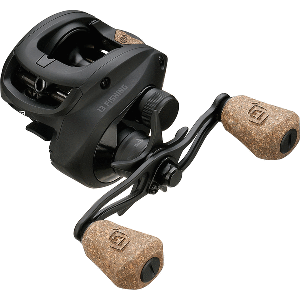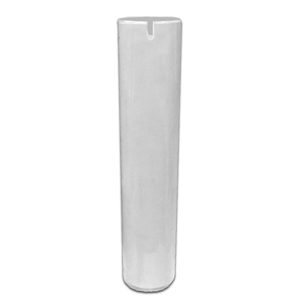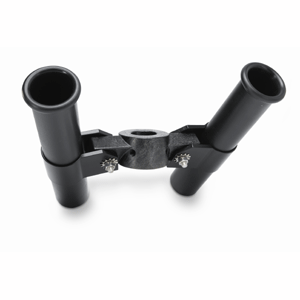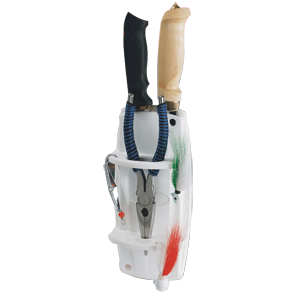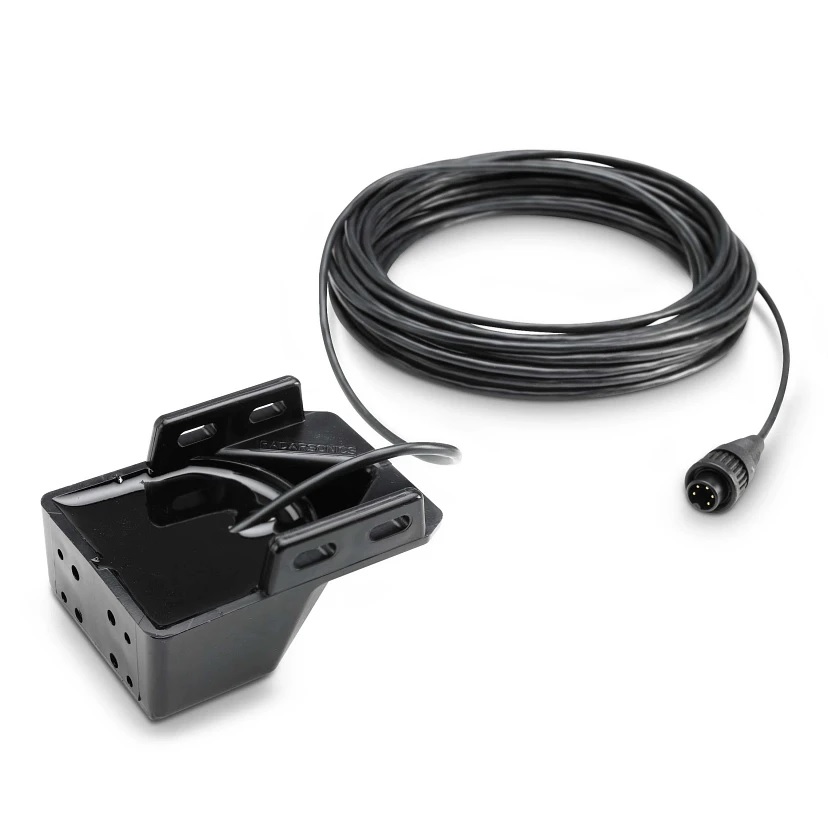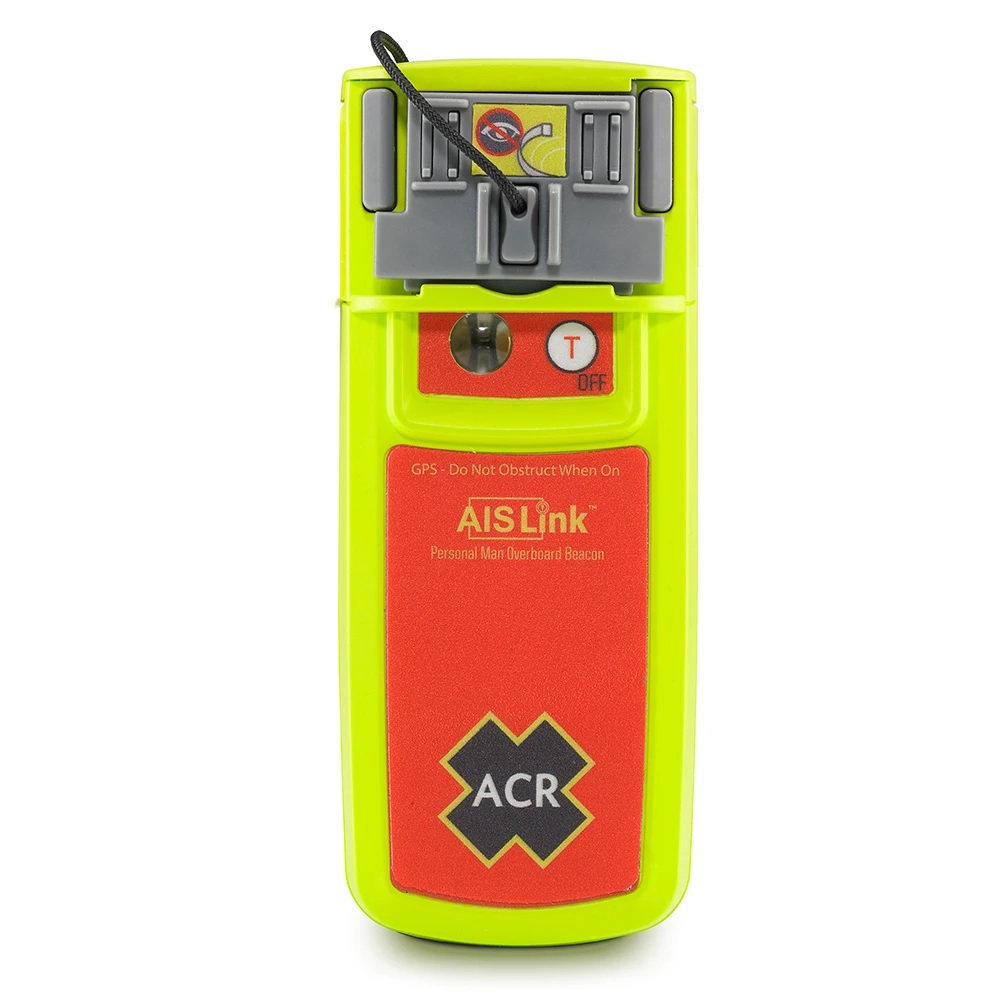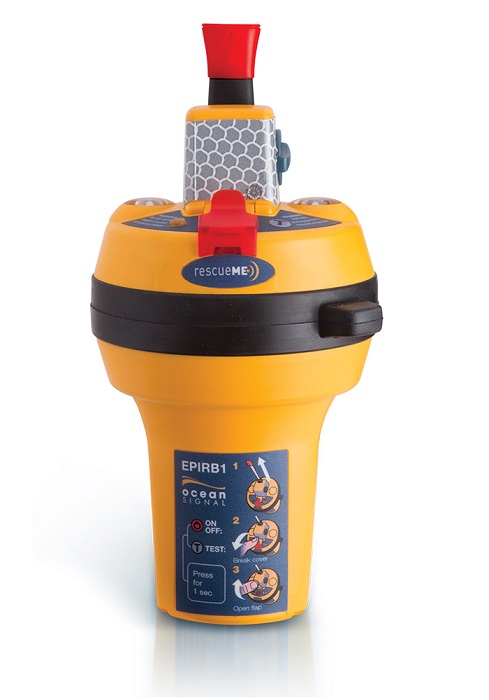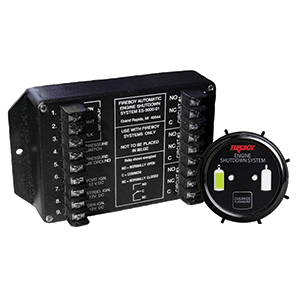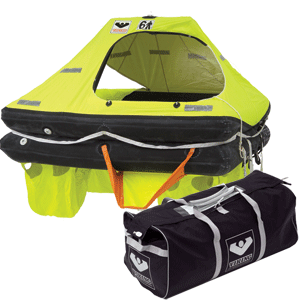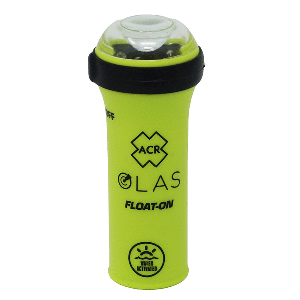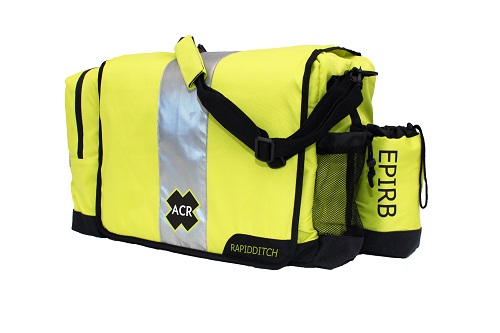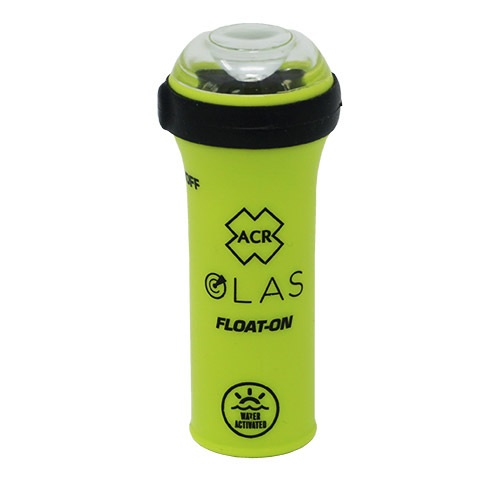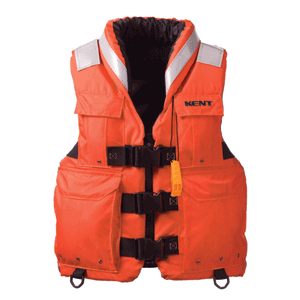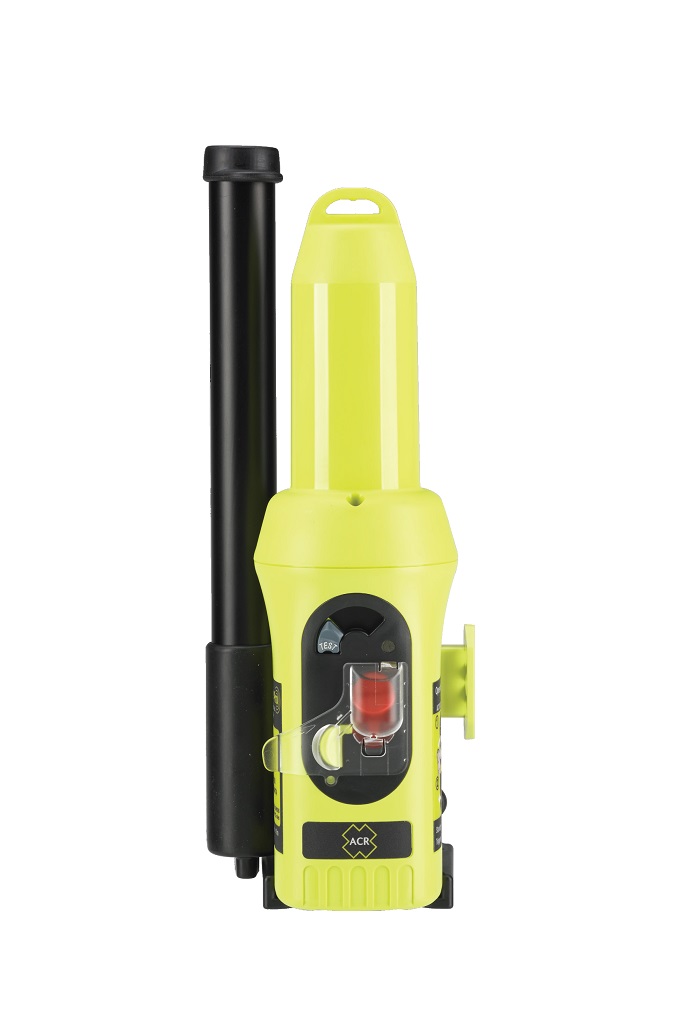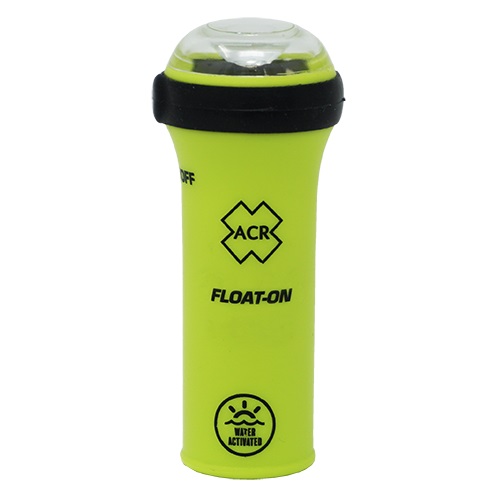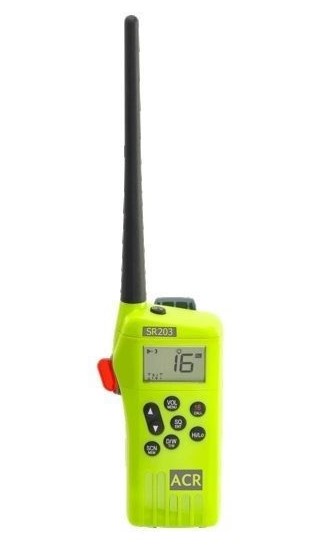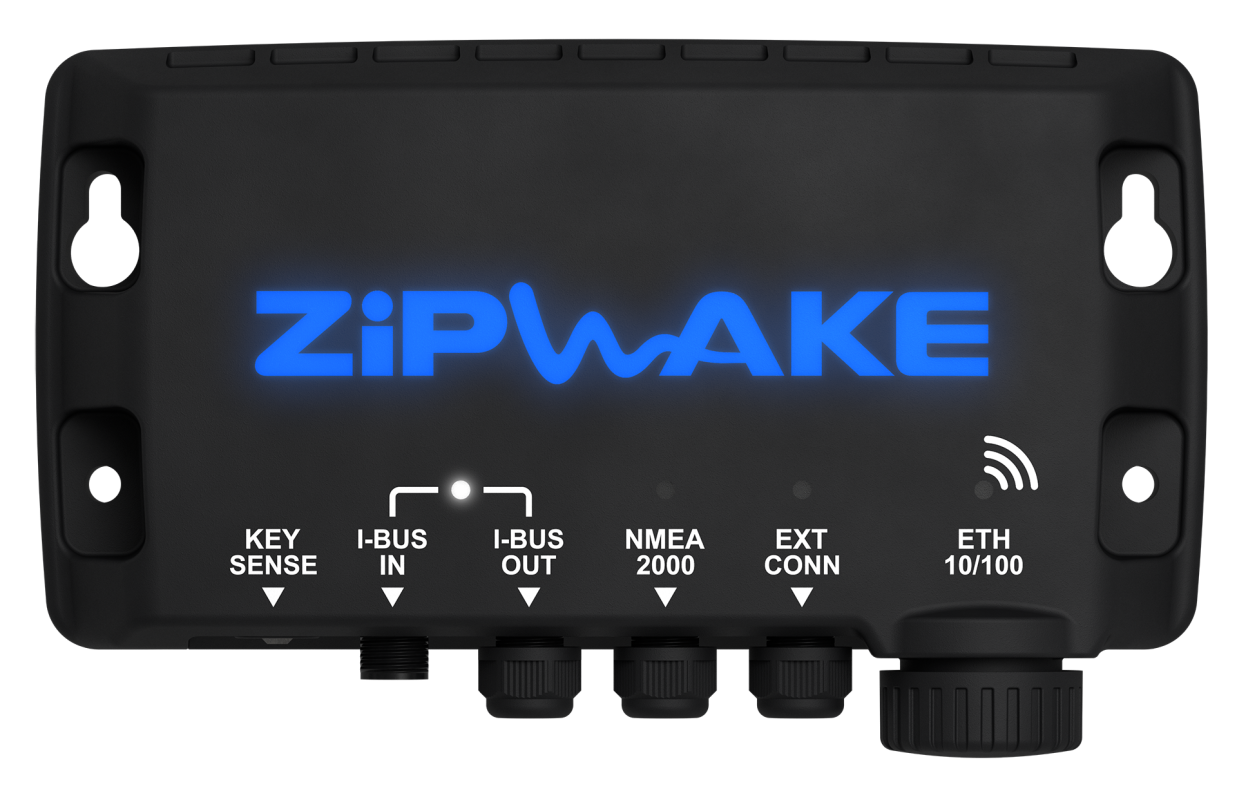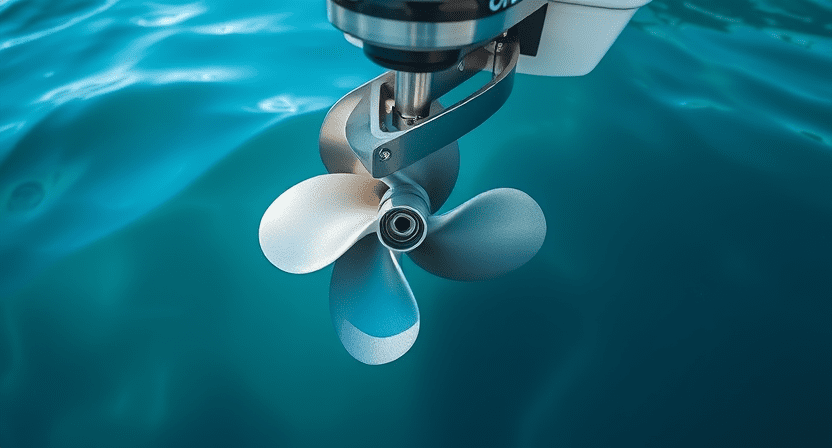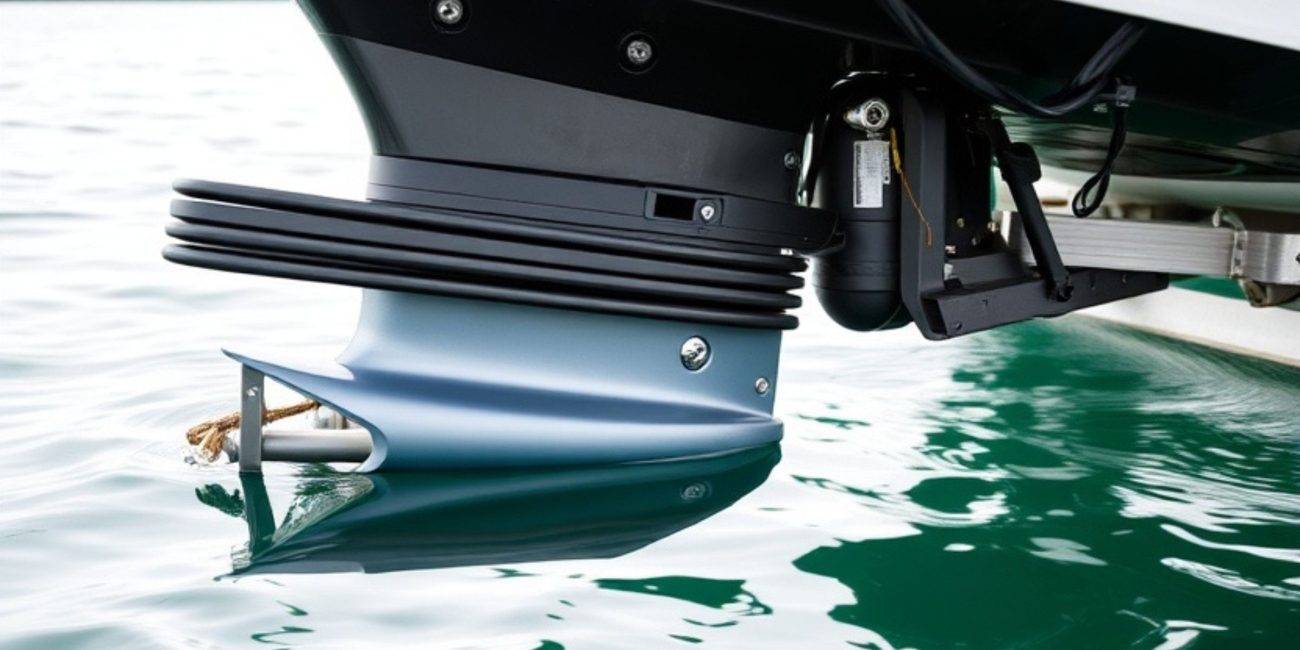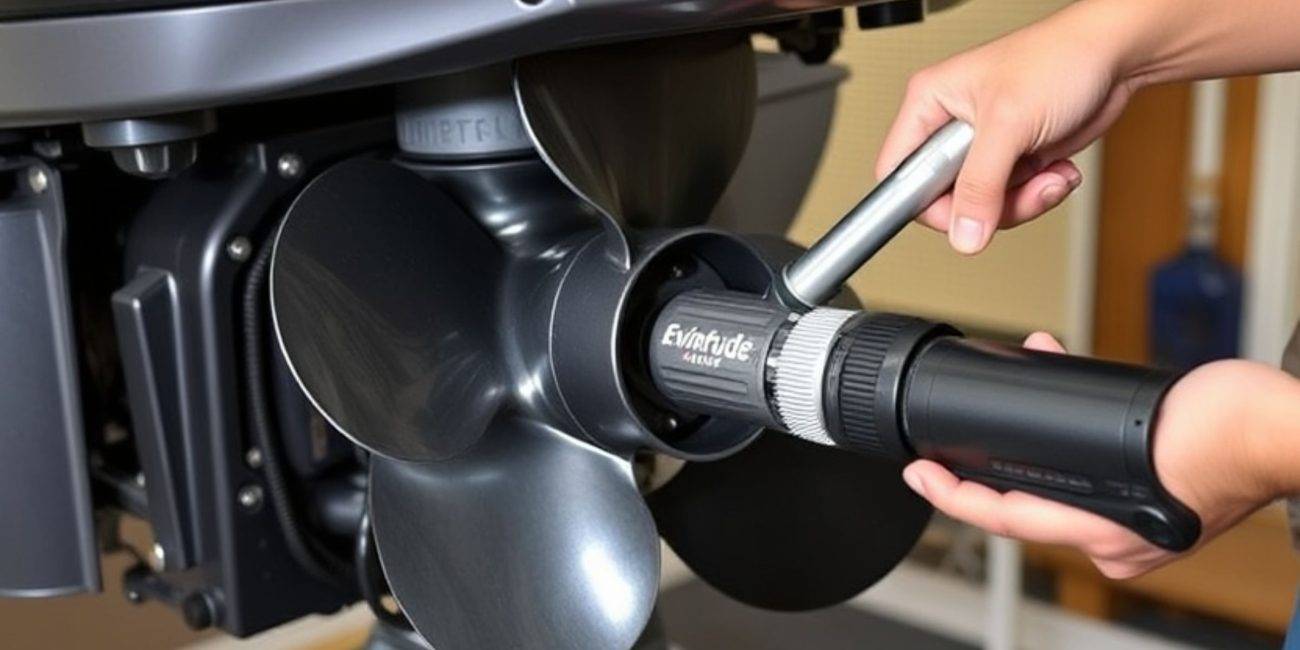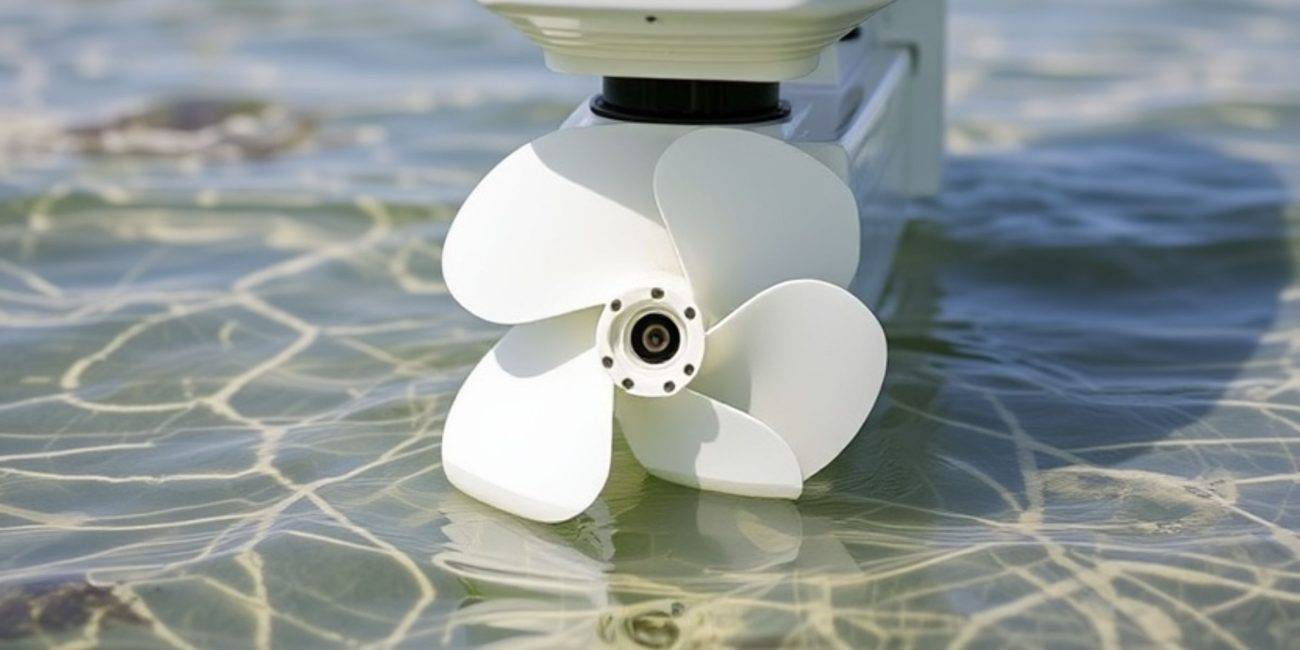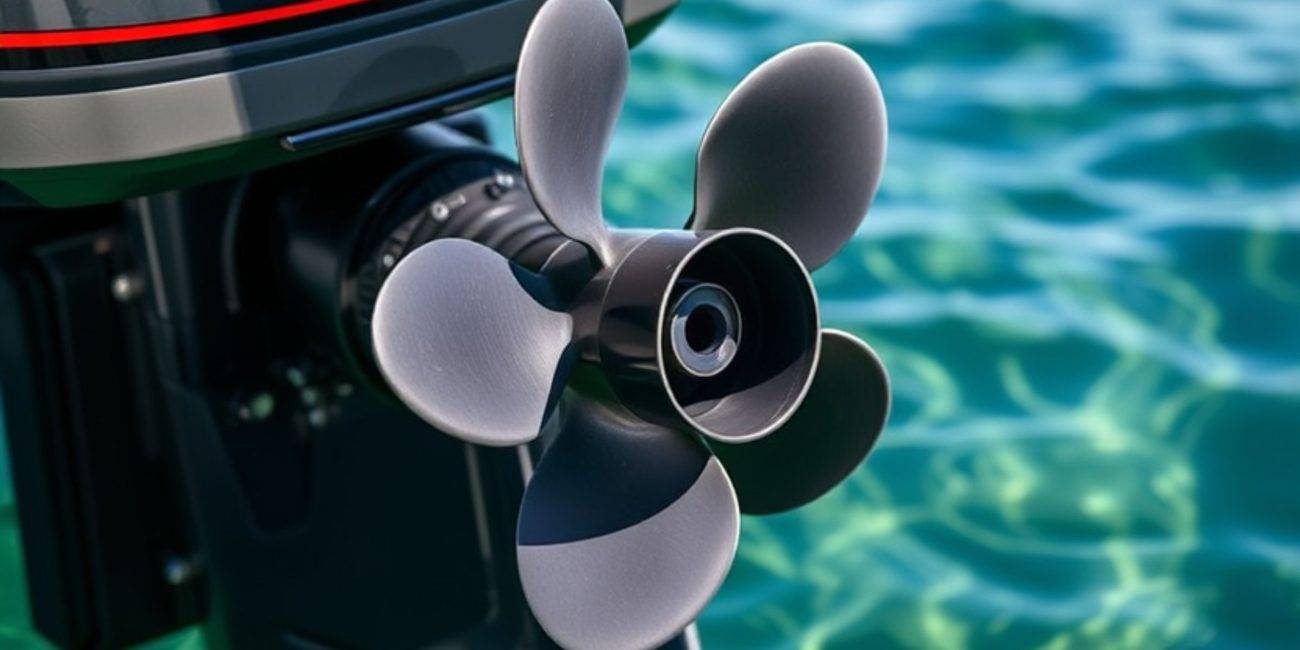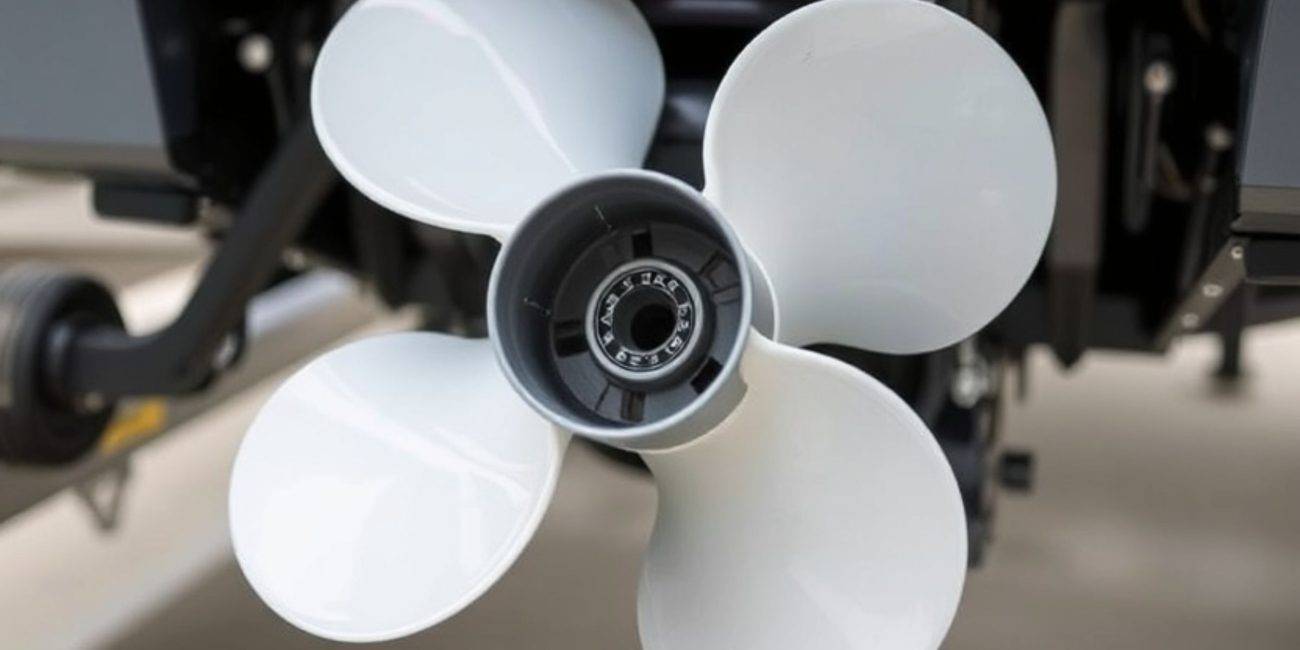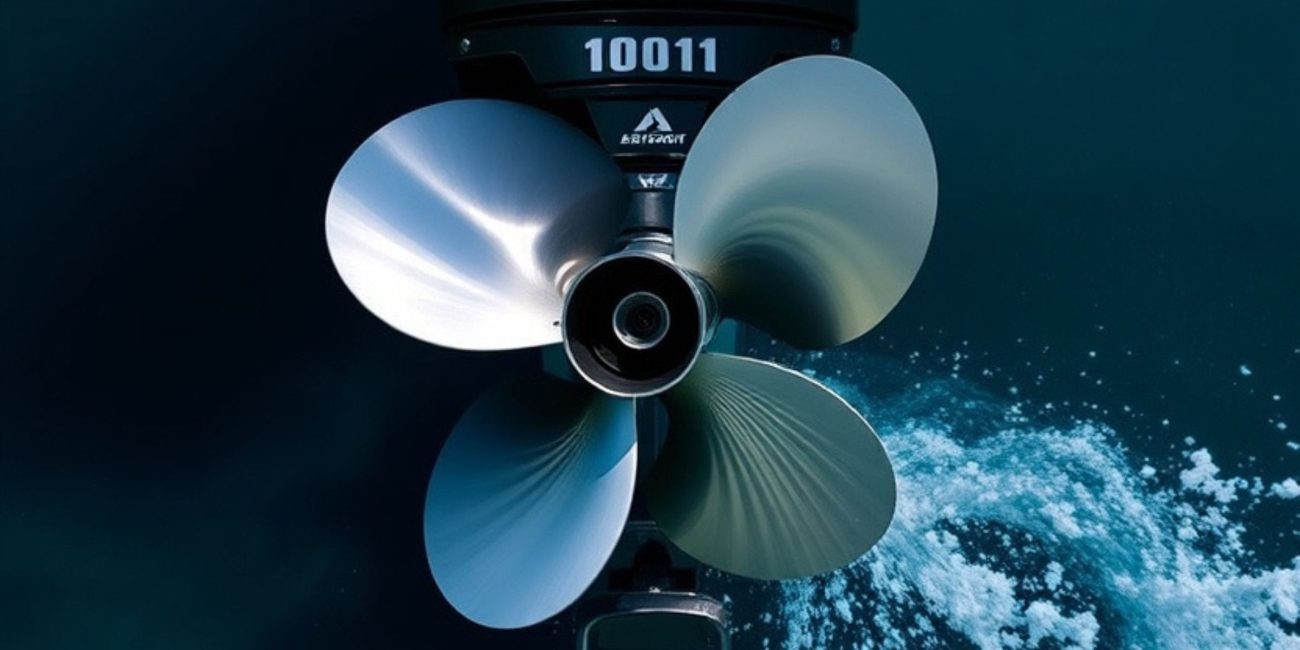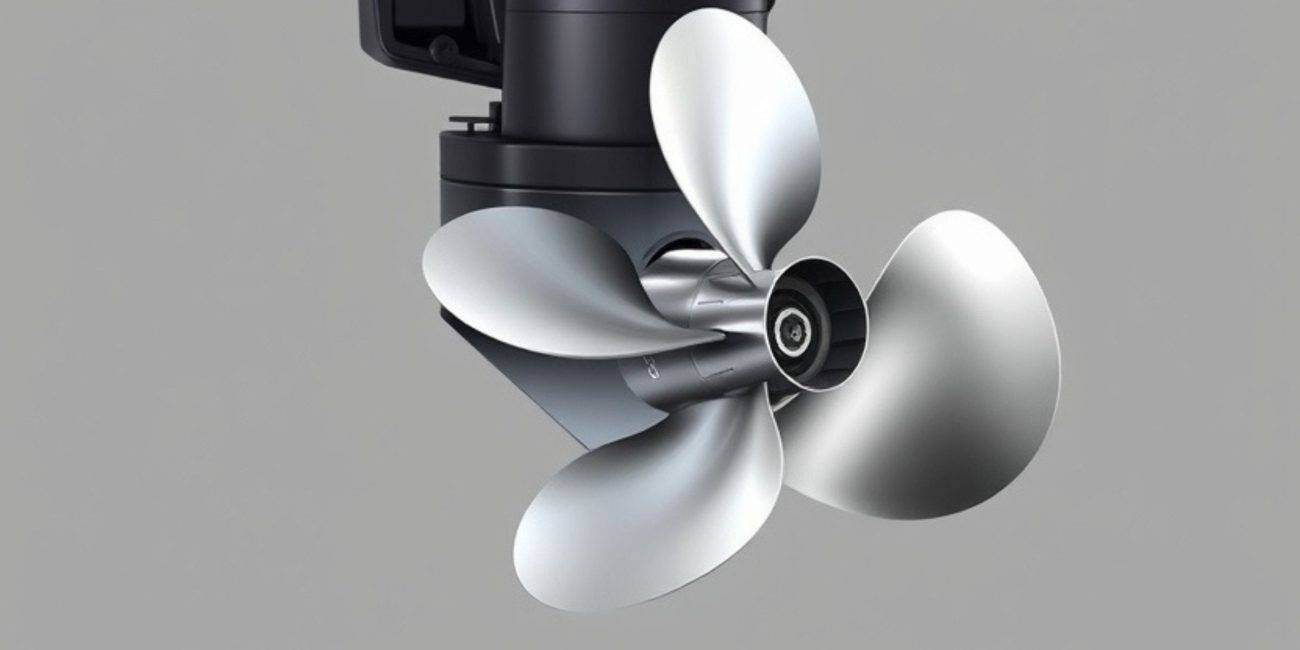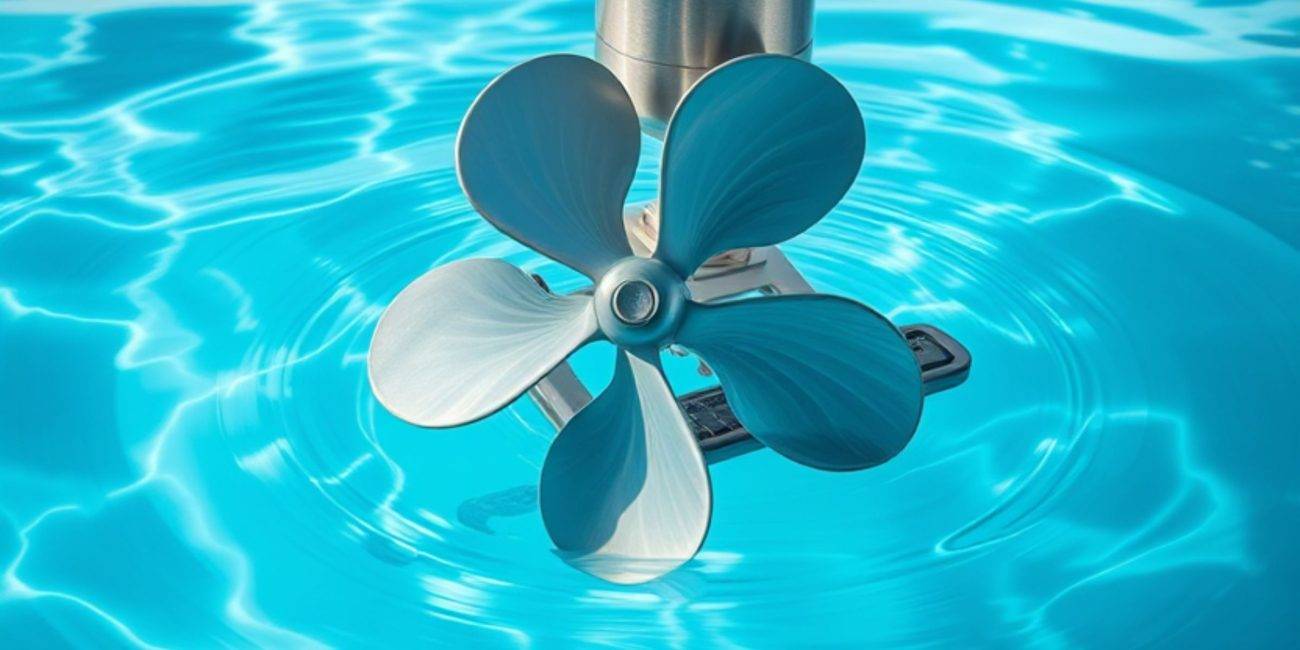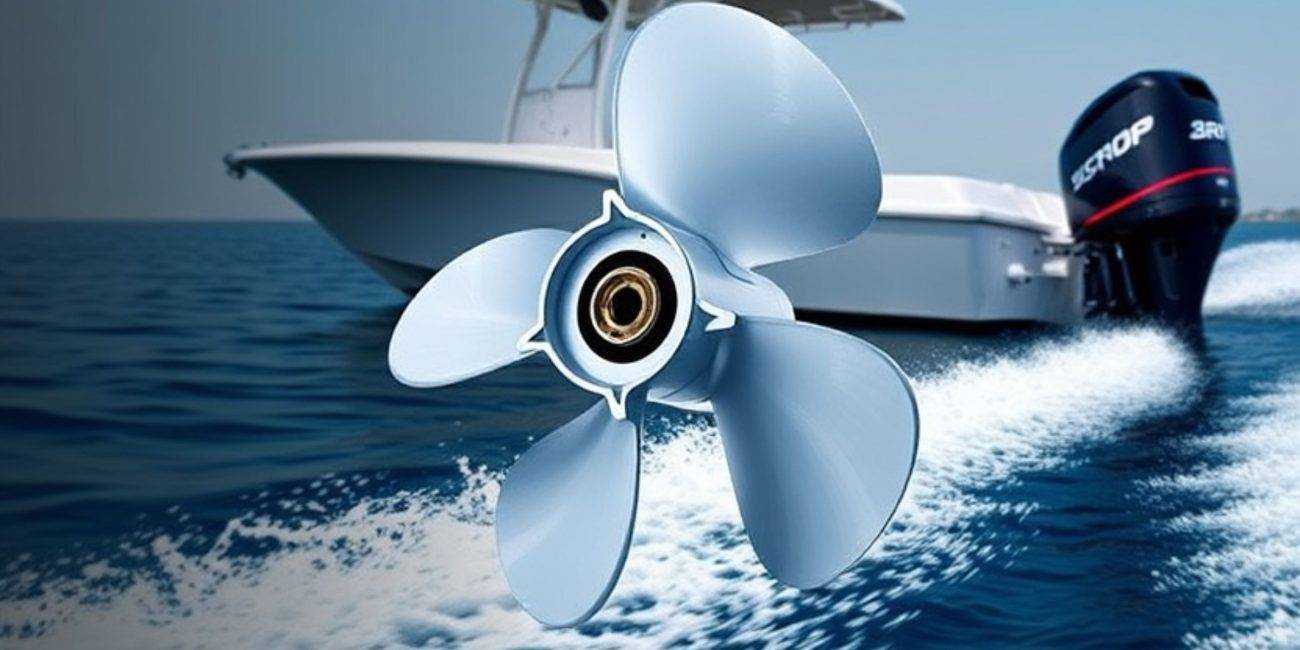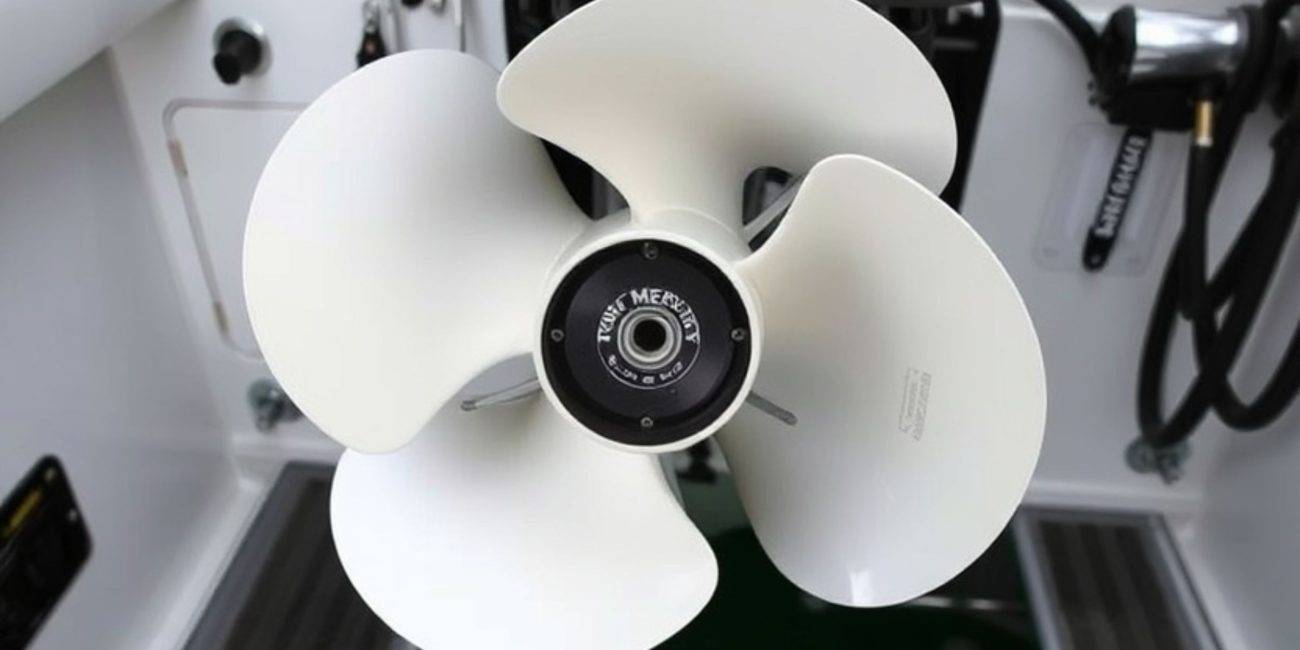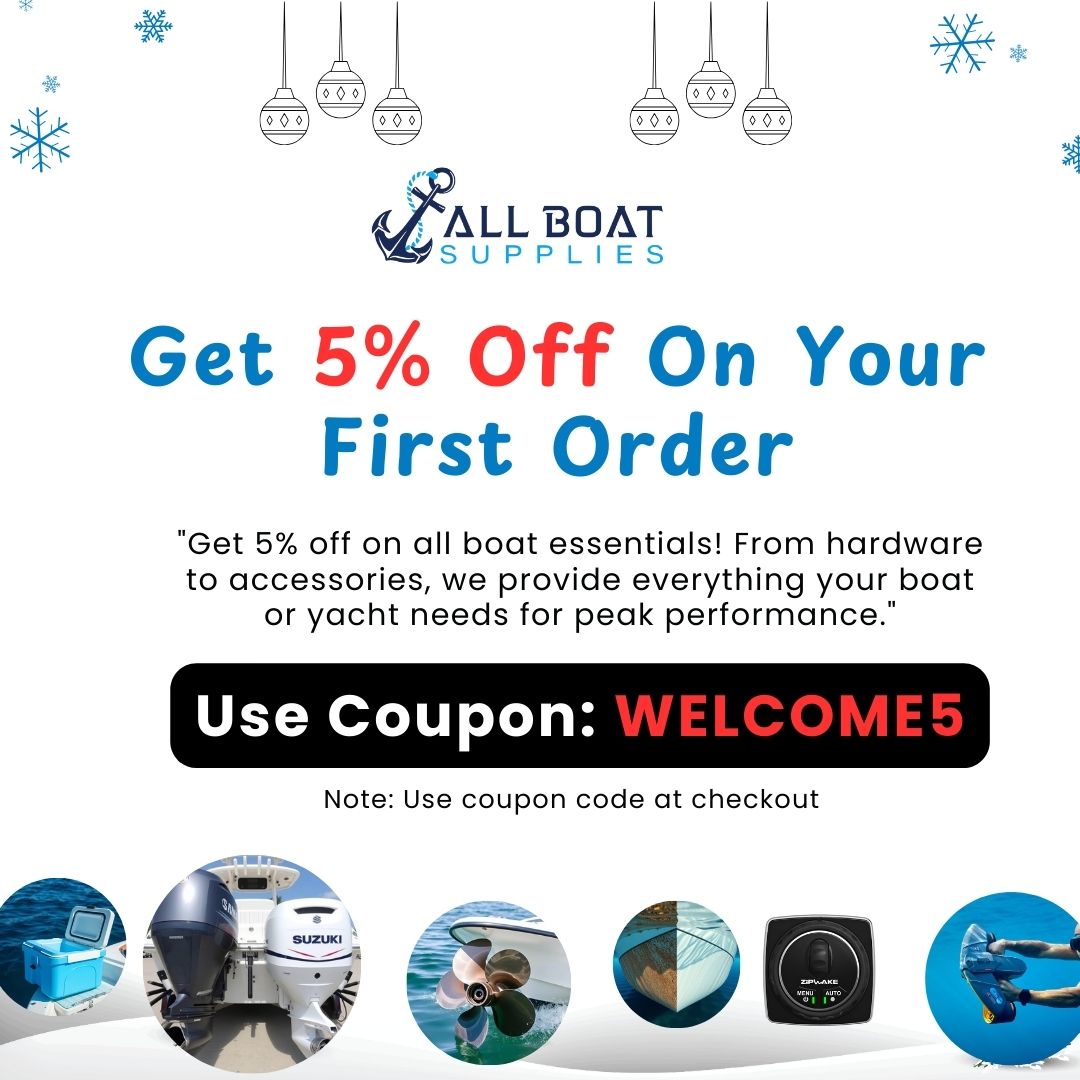Boat Paint vs Hull Shields: Which Offers Better Protection?
Boat Paint vs Hull Shields : Which Offers Better Protection for Your Vessel?
When it comes to protecting your boat’s hull, boat paints and hull shields are two popular options that provide different types of protection against the elements. The right choice depends on your boat’s usage, the type of water you’re operating in, and the level of maintenance you’re willing to commit to. Proper hull protection is essential for keeping your vessel in top condition, minimizing repair costs, and extending its lifespan. In this article of Boat Paint vs Hull Shields protection let’s explore both options to help you decide which one is best for your boat.
Understanding Boat Paints: Classic Protection
Boat paints have been a staple of boat maintenance for decades. They offer a solid, protective layer on the surface of your hull to shield it from water, salt, and other harsh conditions. When applied correctly, boat paints can create a durable barrier that protects the hull from rust, corrosion, and marine growth. Here’s what you need to know about boat paints:
- Types of Boat Paints: There are various types of boat paints available, including antifouling paints, topside paints, and primer paints. Antifouling paints are particularly important for boats that stay in the water for extended periods, as they help prevent barnacles, algae, and other marine growth from attaching to the hull.
- Application Process: Boat paints require a meticulous preparation process. You must clean the surface thoroughly, sand it down to create a smooth texture, and apply multiple layers of paint. This ensures the paint adheres properly and creates an effective protective coating.
- Maintenance: Over time, boat paints can chip, peel, or wear off due to exposure to UV rays, saltwater, and rough conditions. Repainting your boat hull may be necessary every few years to maintain its protection.
What Are Hull Shields? A Modern Solution
Hull shields are an innovative, relatively new alternative to traditional boat paints. They are designed to act as a protective barrier against marine growth, impacts, and abrasions. Hull shields are typically made of durable materials such as fiberglass or plastic and are installed along the boat’s hull. Here’s how hull shields work:
- Durability and Strength: Hull shields are designed to be tough and resistant to impacts, which makes them an excellent option for boats operating in areas where they might encounter rocks or debris.
- No Painting Required: Unlike boat paints, hull shields don’t require you to apply multiple layers of coatings. They are ready to use once installed and don’t require frequent maintenance or reapplication.
- Long-Term Investment: Though initially more expensive than boat paints, hull shields offer long-term protection. They are known to last for years without requiring significant maintenance.
- Prevent Marine Growth: Some hull shields are designed with special coatings that discourage marine life from attaching to the hull, similar to the antifouling properties of boat paints.
Boat Paints vs. Hull Shields: A Comparison
Here’s a breakdown of the key differences between boat paints and hull shields to help you make an informed decision:
| Feature | Boat Paints | Hull Shields |
|---|---|---|
| Protection Level | Provides good protection against rust, corrosion, and marine growth. | Offers high protection from impacts and marine growth with a tough outer layer. |
| Durability | Requires regular maintenance, reapplication every few years. | Durable for years without frequent maintenance. |
| Installation Process | Requires sanding, priming, and multiple layers of paint. | Quick and easy installation with minimal prep. |
| Maintenance | Needs periodic touch-ups and re-coating. | Low maintenance, no need for repainting. |
| Cost | Generally cheaper than hull shields but may require more maintenance. | Higher initial cost but more cost-effective in the long run. |
| Environmental Impact | Some boat paints, especially antifouling types, may have environmental concerns. | Hull shields are typically eco-friendly with less environmental impact. |
Which Is Better for Your Boat: Boat Paints or Hull Shields?
The choice between boat paints and hull shields largely depends on your boat’s usage, budget, and long-term maintenance plans:
- If you want traditional protection and are comfortable with applying and maintaining paint every few years, boat paints are a solid choice. They offer a classic solution for protecting against corrosion and marine growth.
- If you want a low-maintenance, long-term solution, hull shields are the better option. They offer superior protection against impacts and marine growth without the hassle of reapplication or touch-ups.
Conclusion: Which Option Should You Choose?
Both boat paints and hull shields offer valuable protection for your vessel, but their suitability depends on how you use your boat and your commitment to maintenance. If you’re looking for a reliable and durable solution that requires minimal upkeep, hull shields might be your best bet. On the other hand, if you’re more comfortable with routine maintenance and want a more affordable solution upfront, boat paints are an excellent choice.
By understanding the pros and cons of each option, you can make an informed decision on how best to protect your boat and keep it running smoothly for years to come.


